Day 23 - Walking The Nakasendō, Japan - From Hosokute to Mitake, to Fushimi, to Ota and finally to Unuma, and Learning About Sarubobo, and Unexpected Delights Along The Path
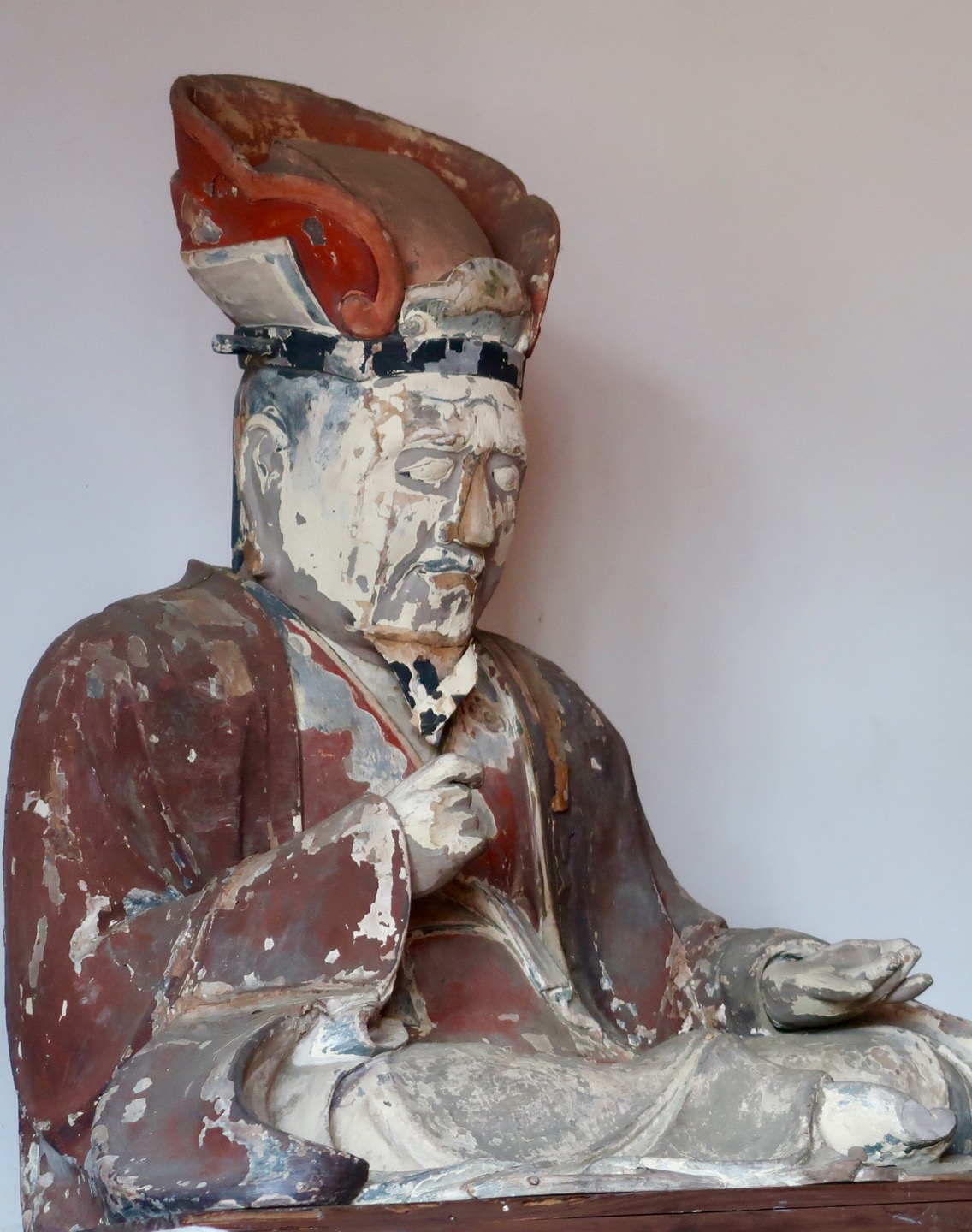
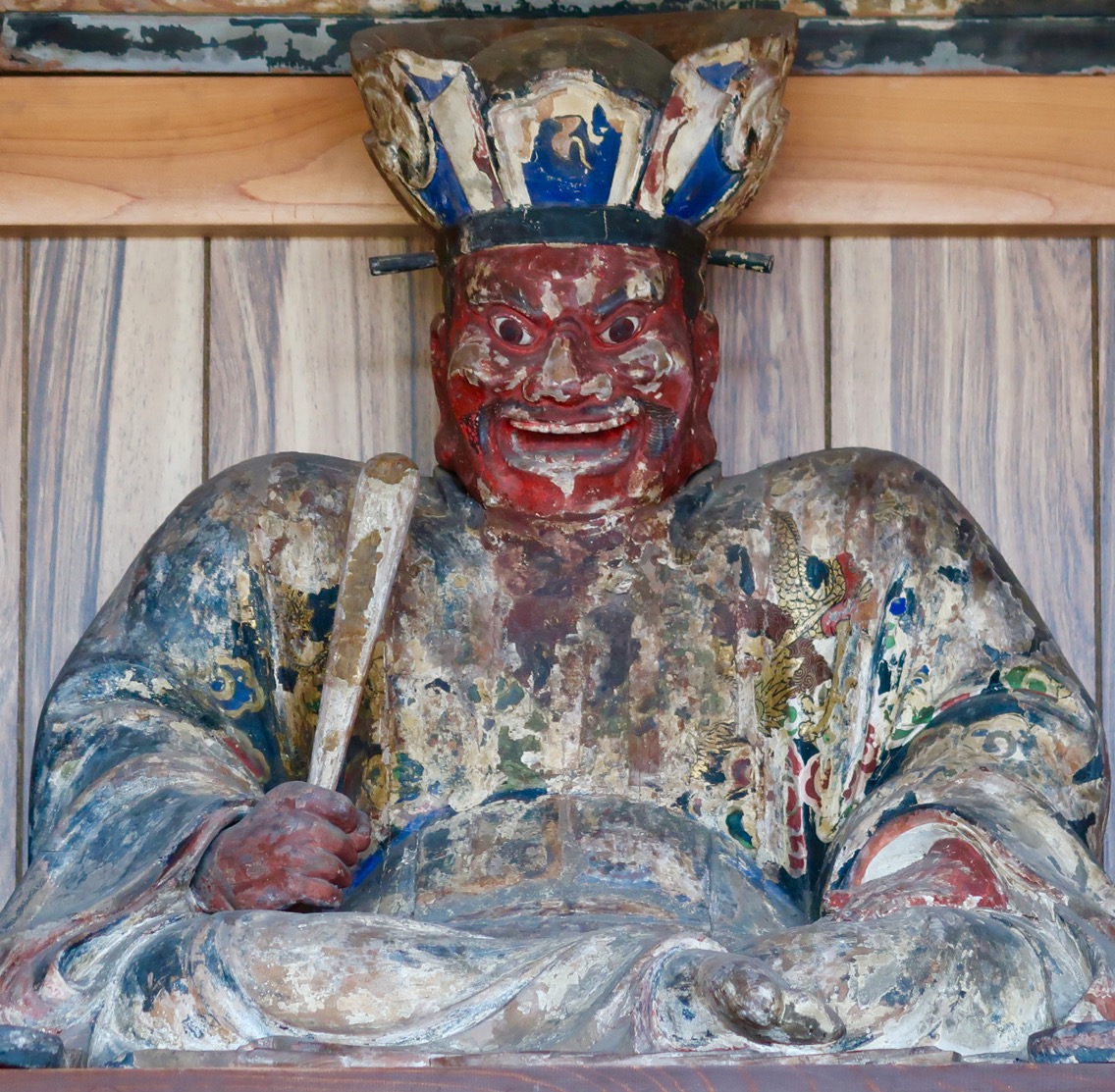
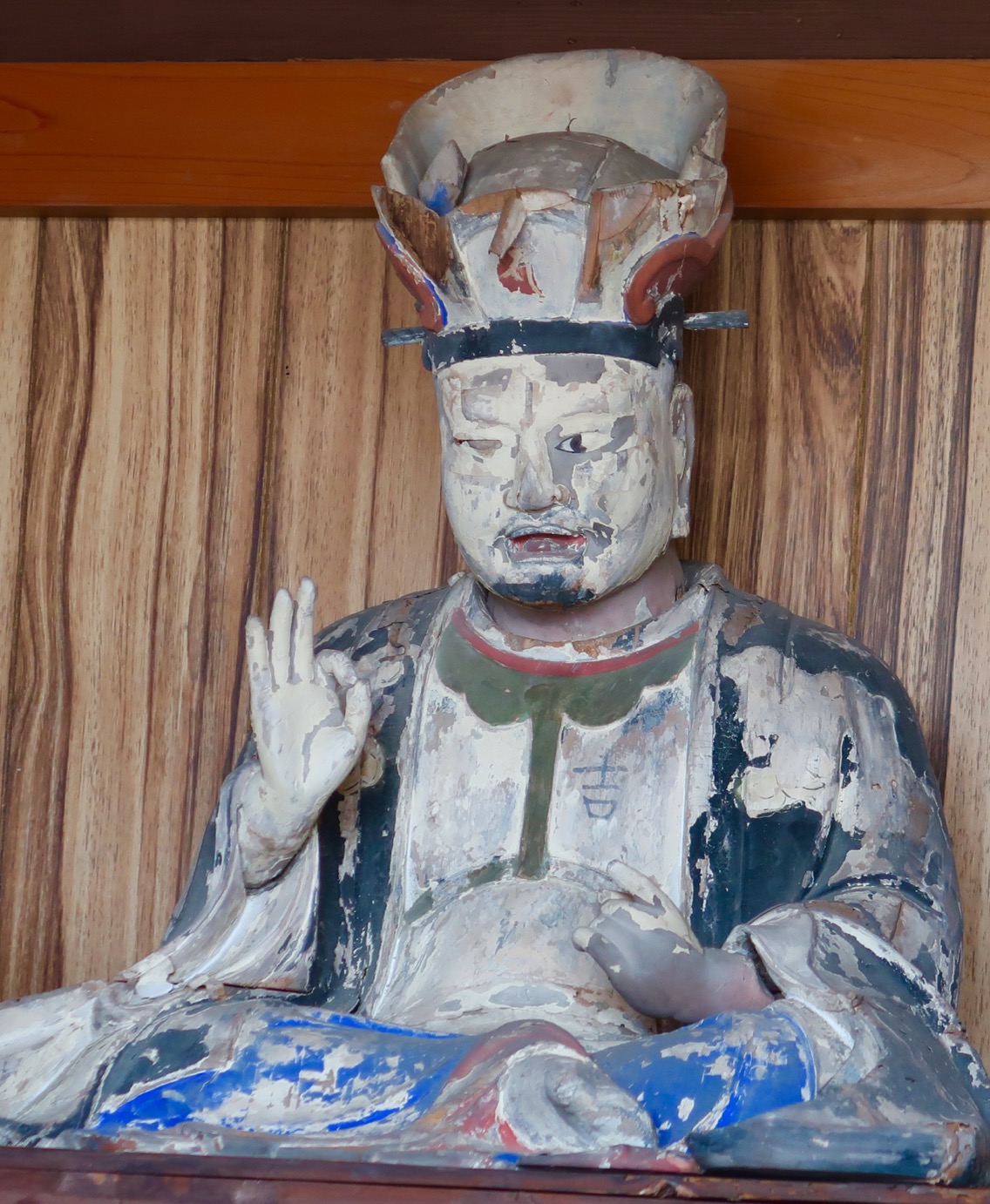
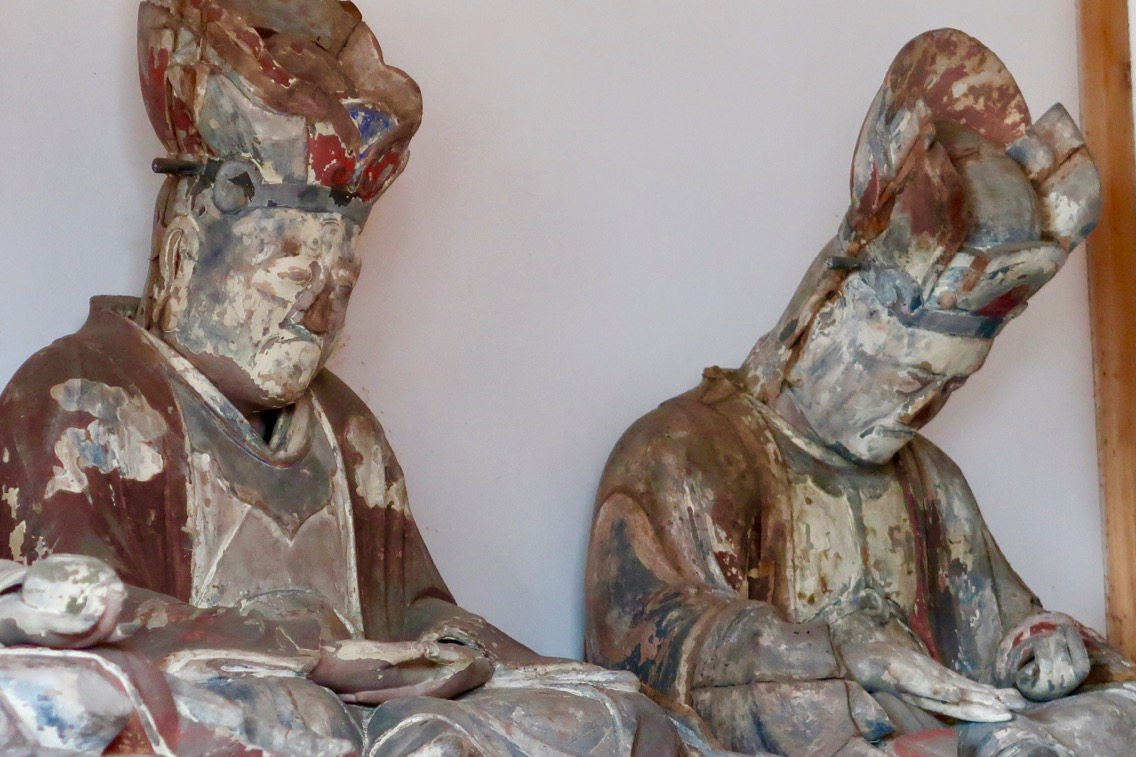
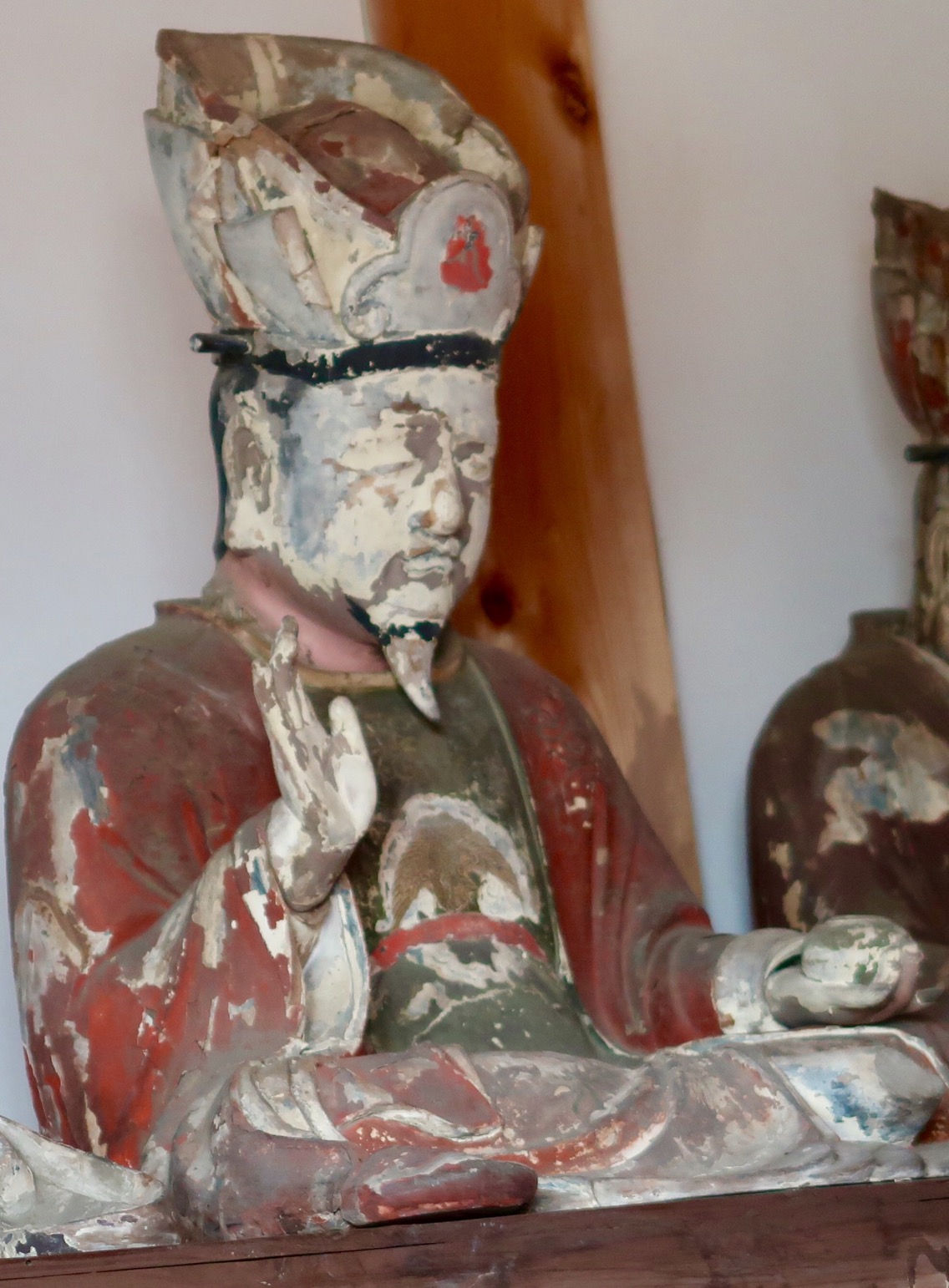
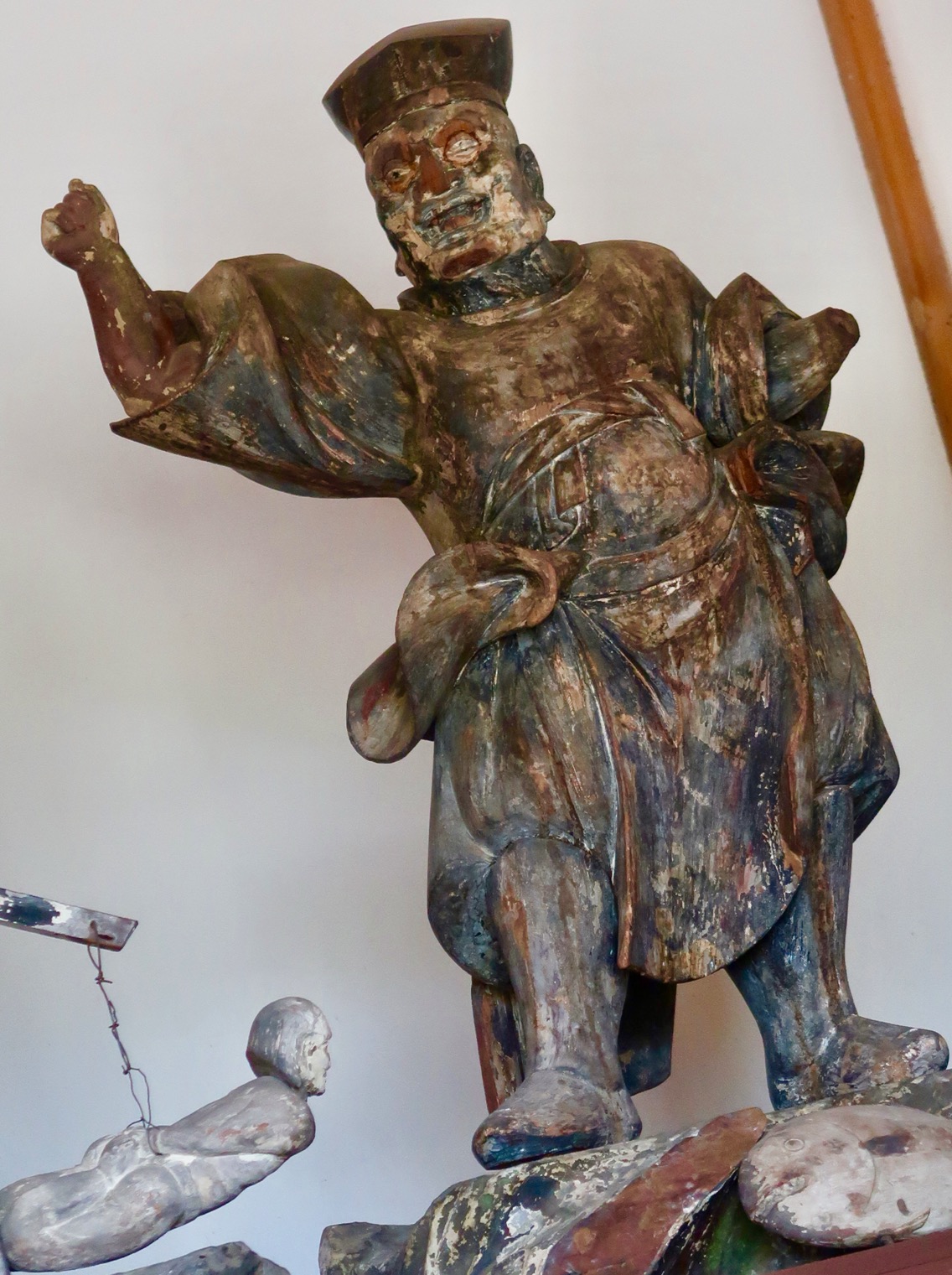

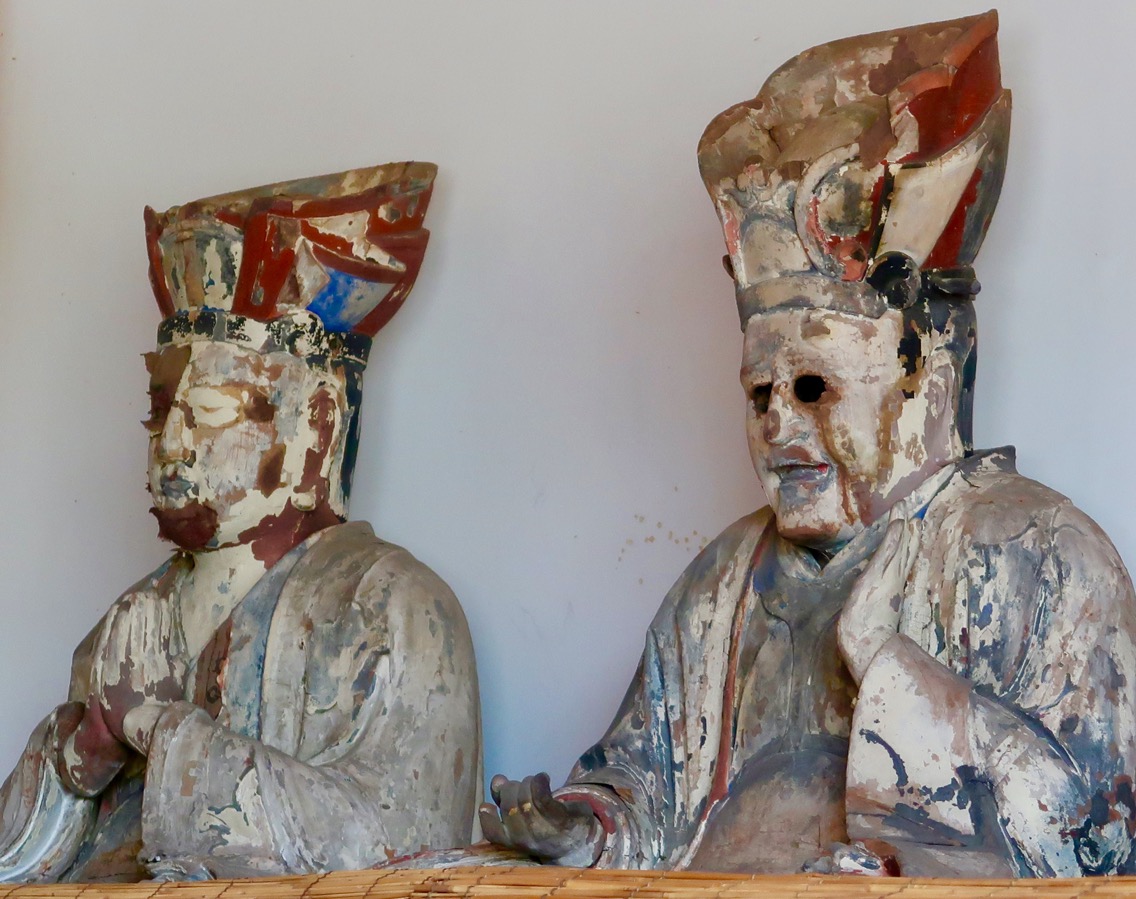
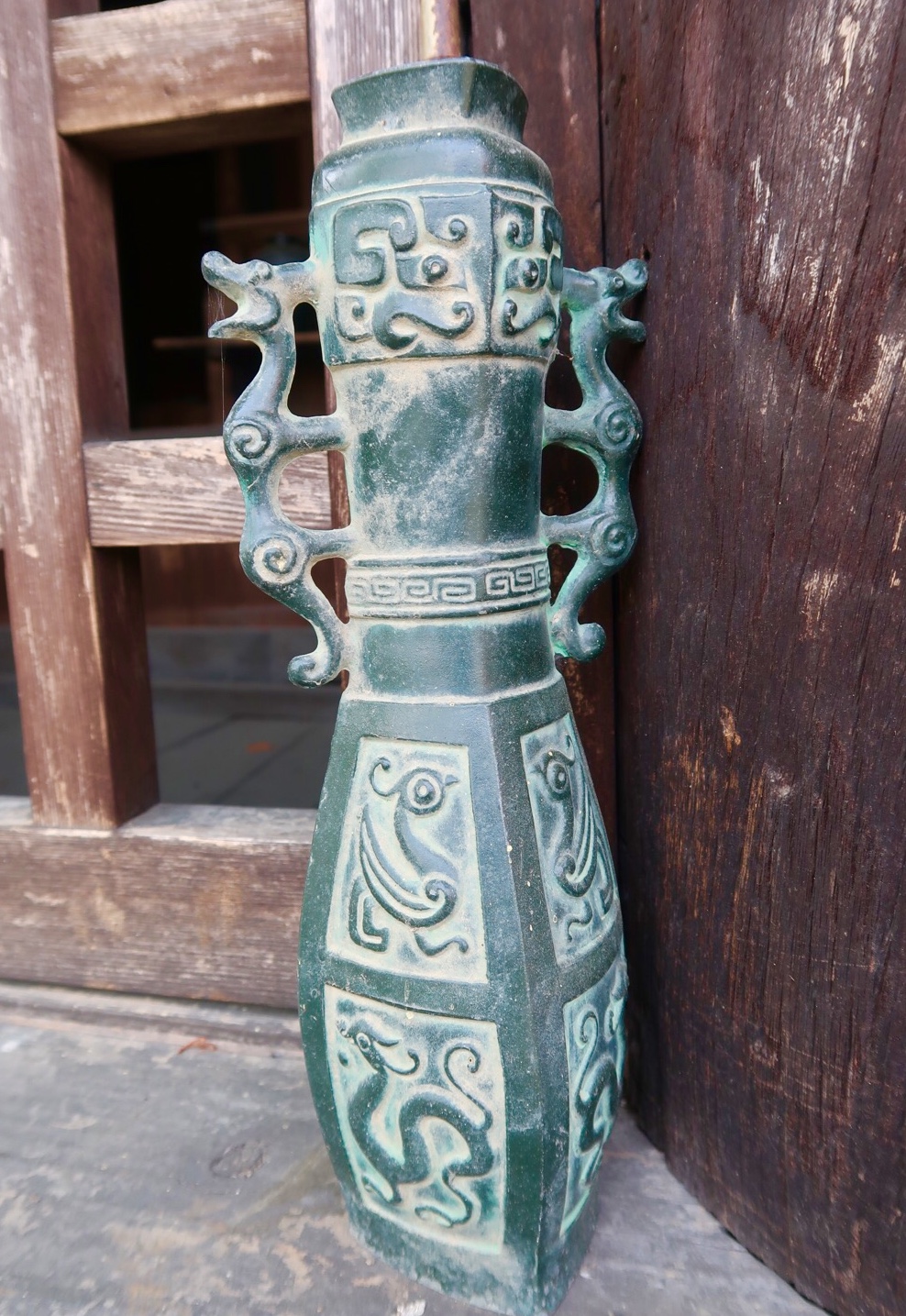
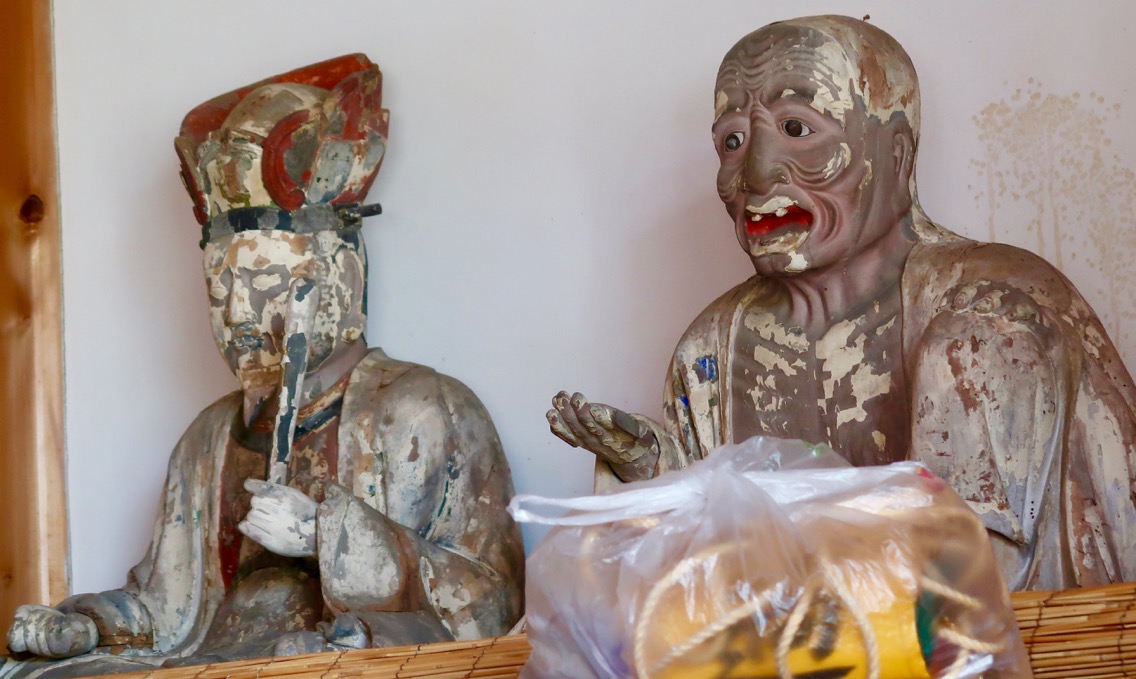
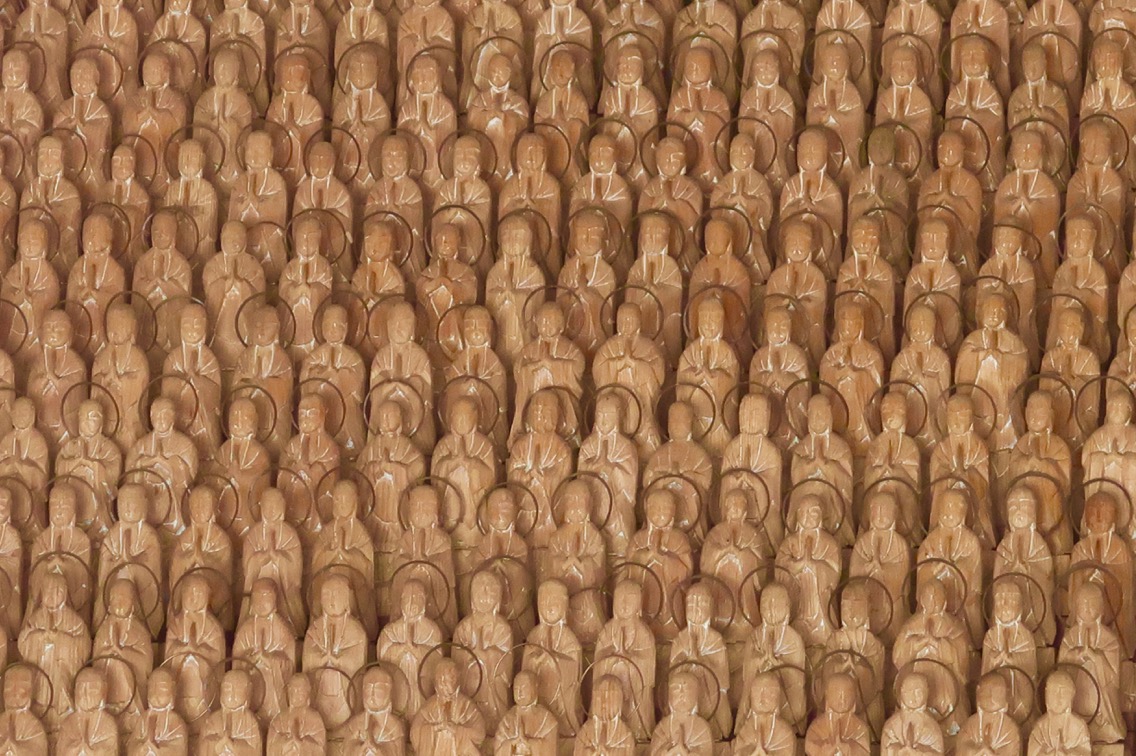
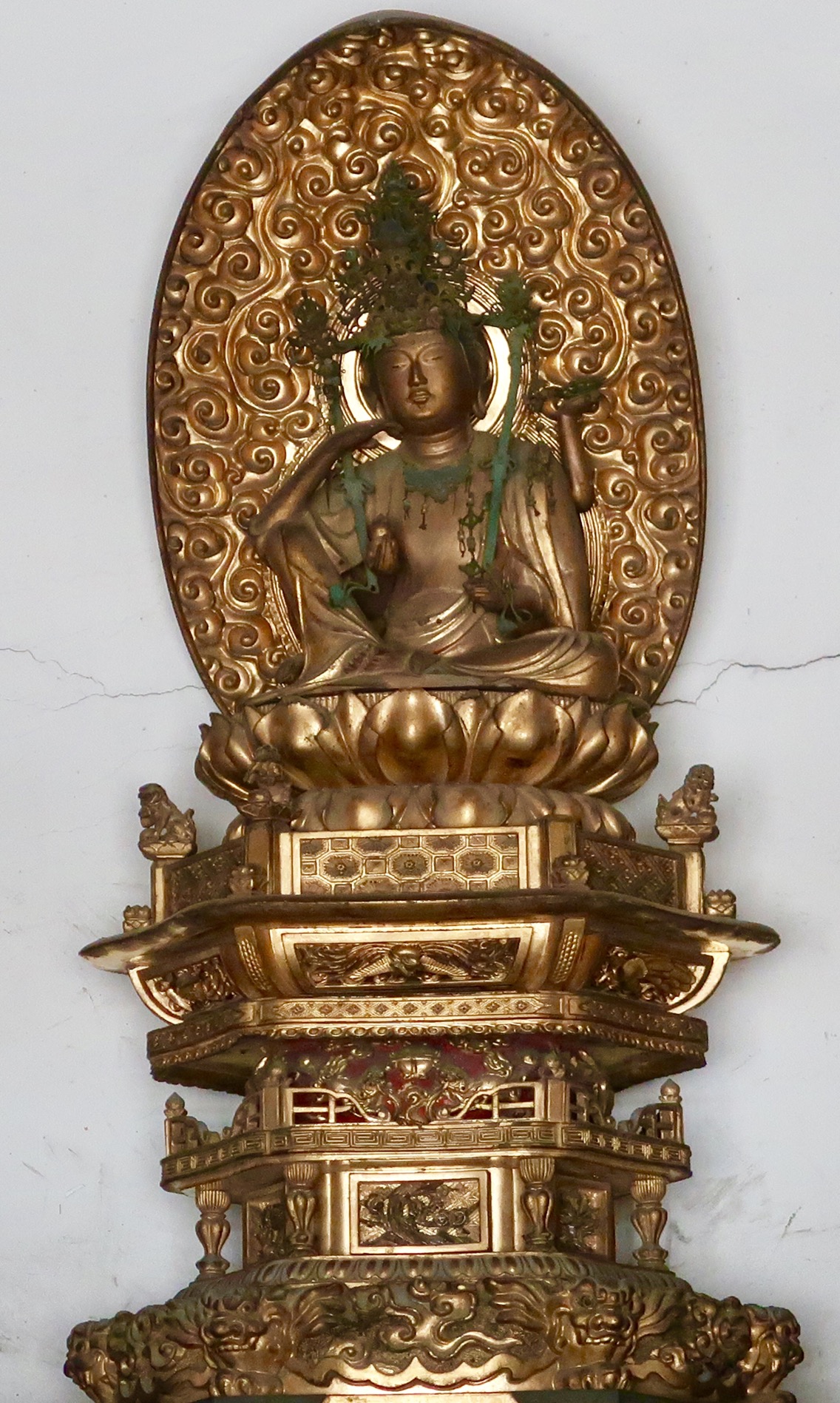
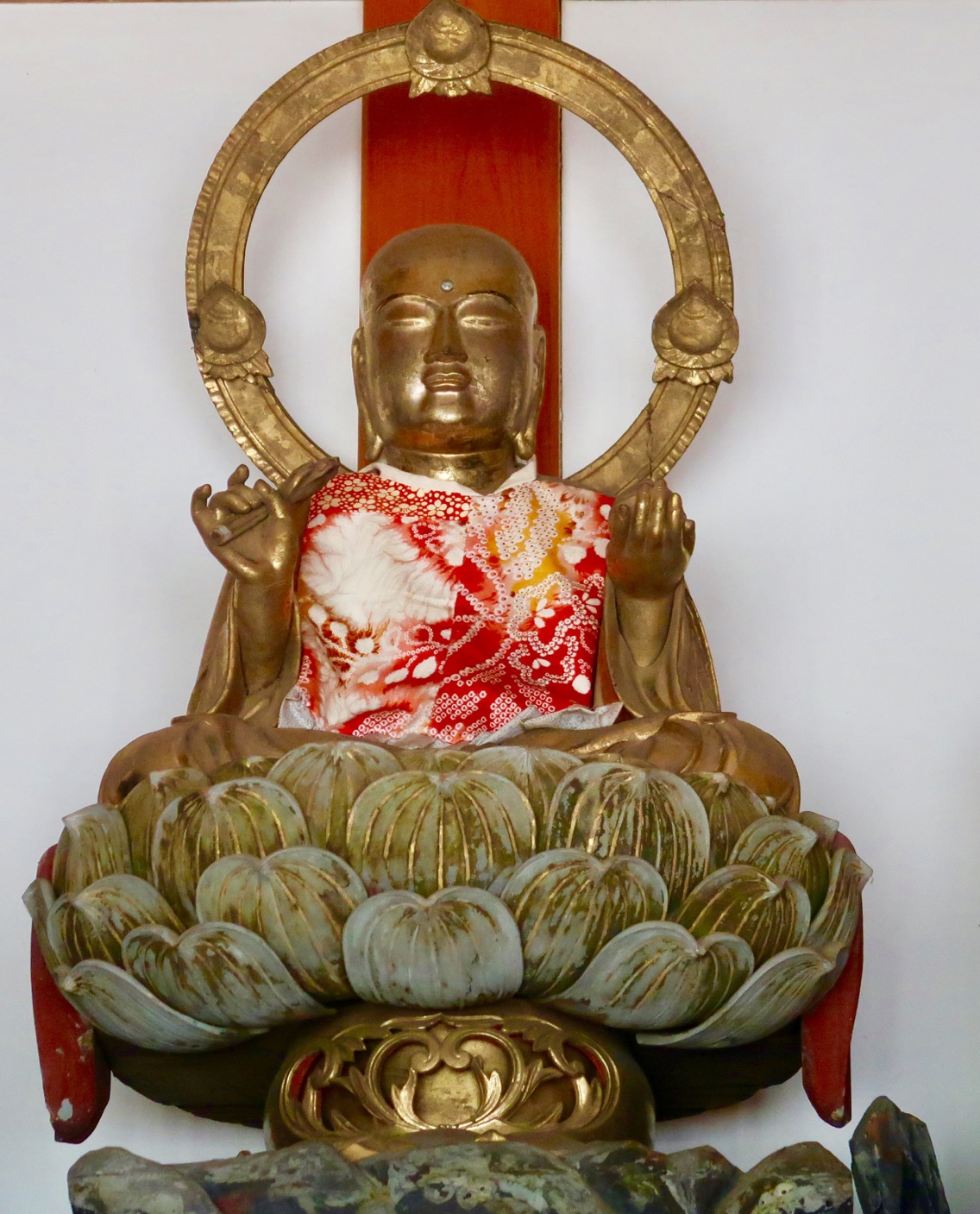
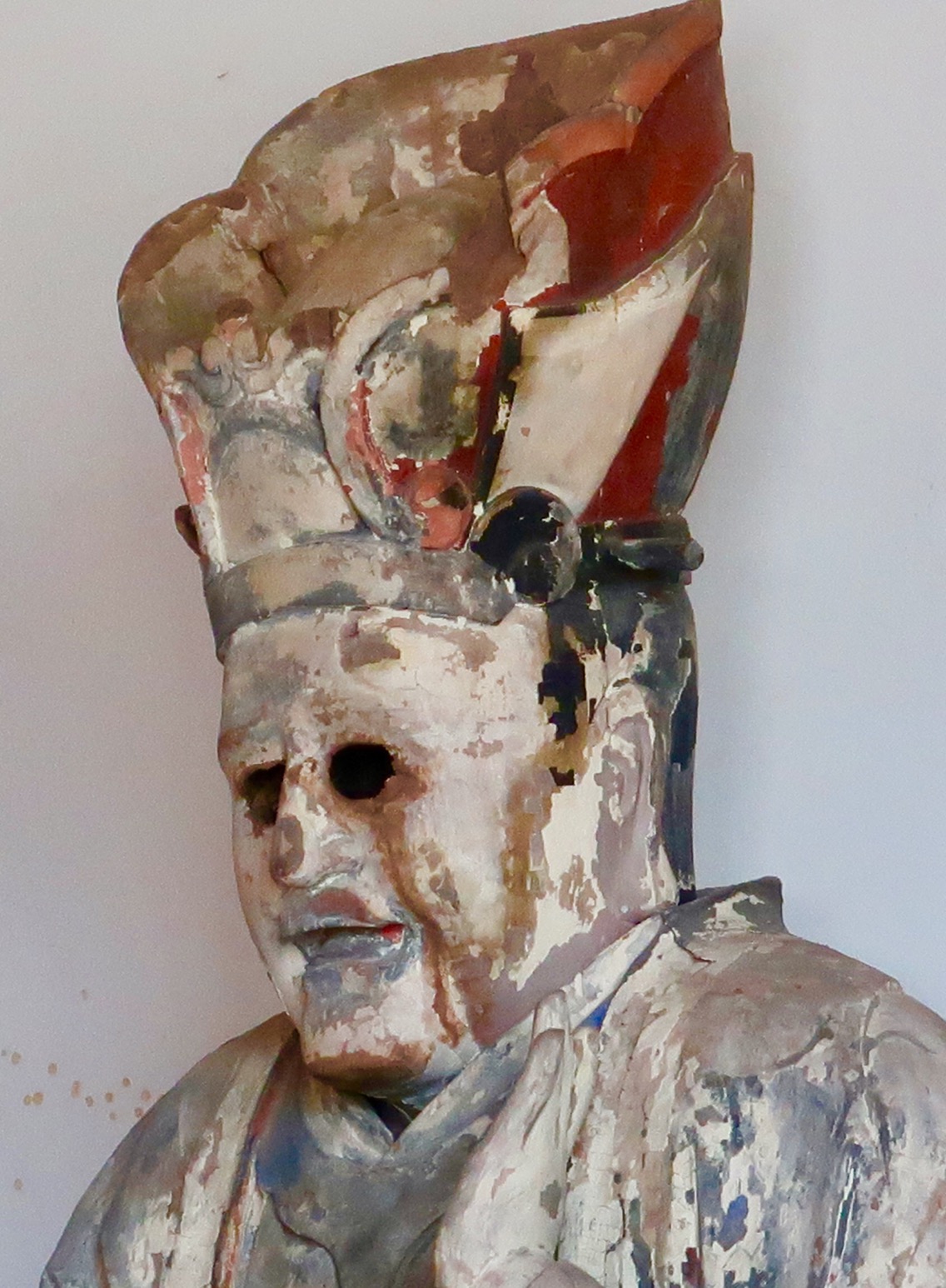
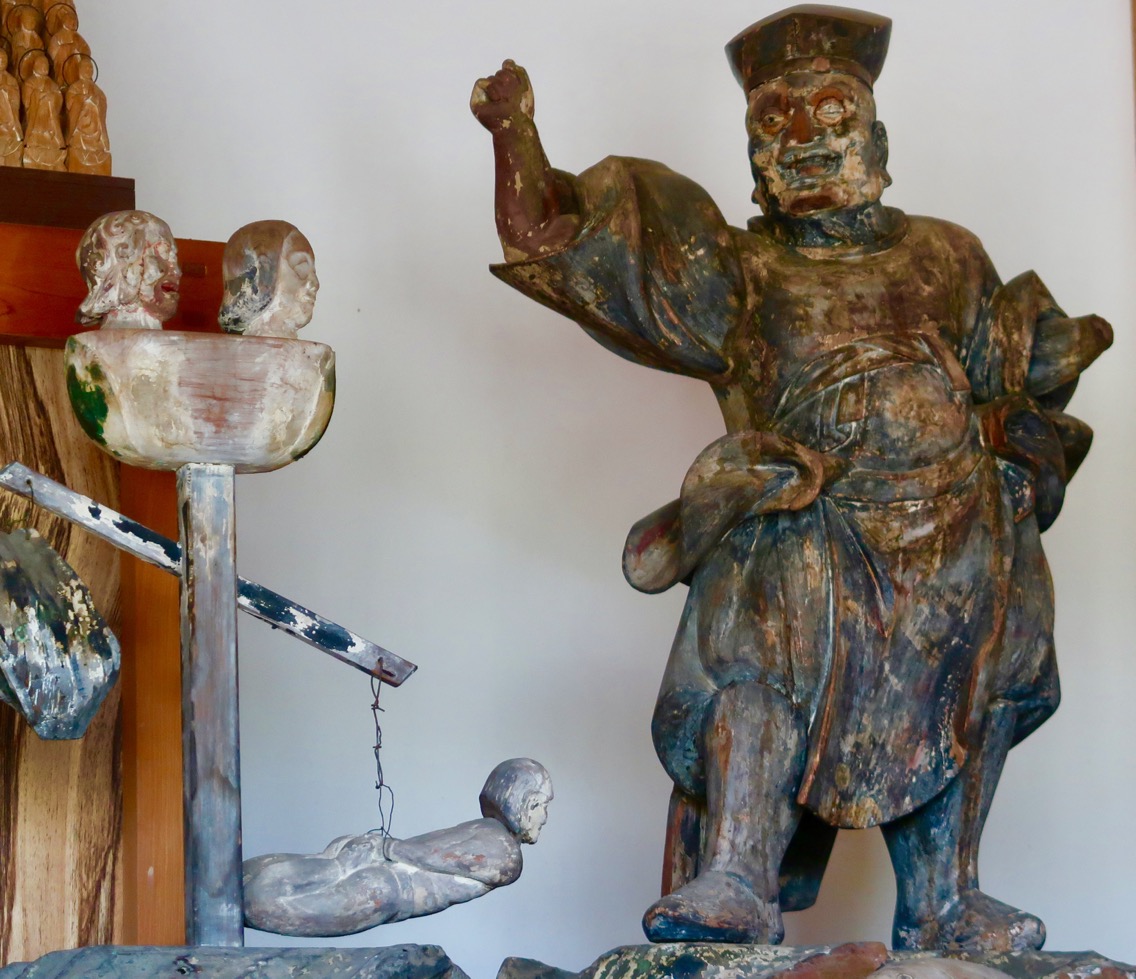
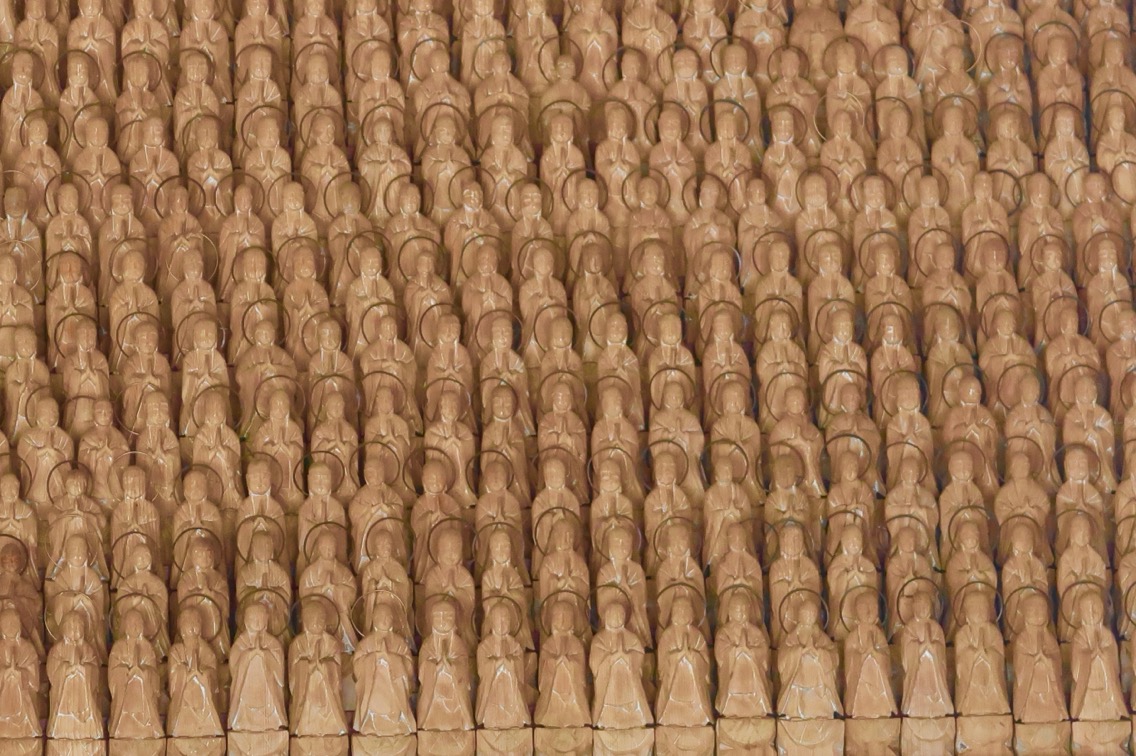
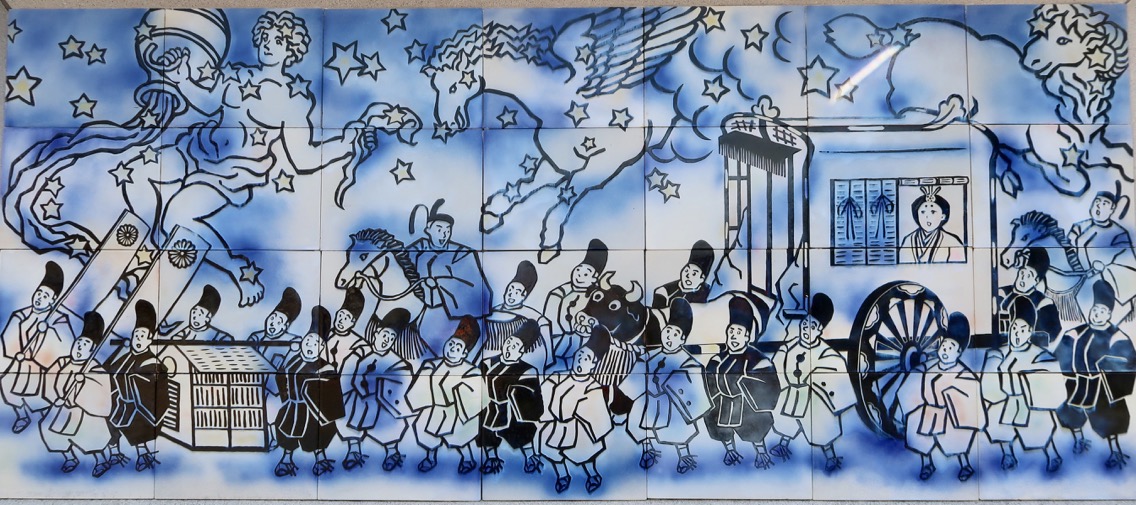
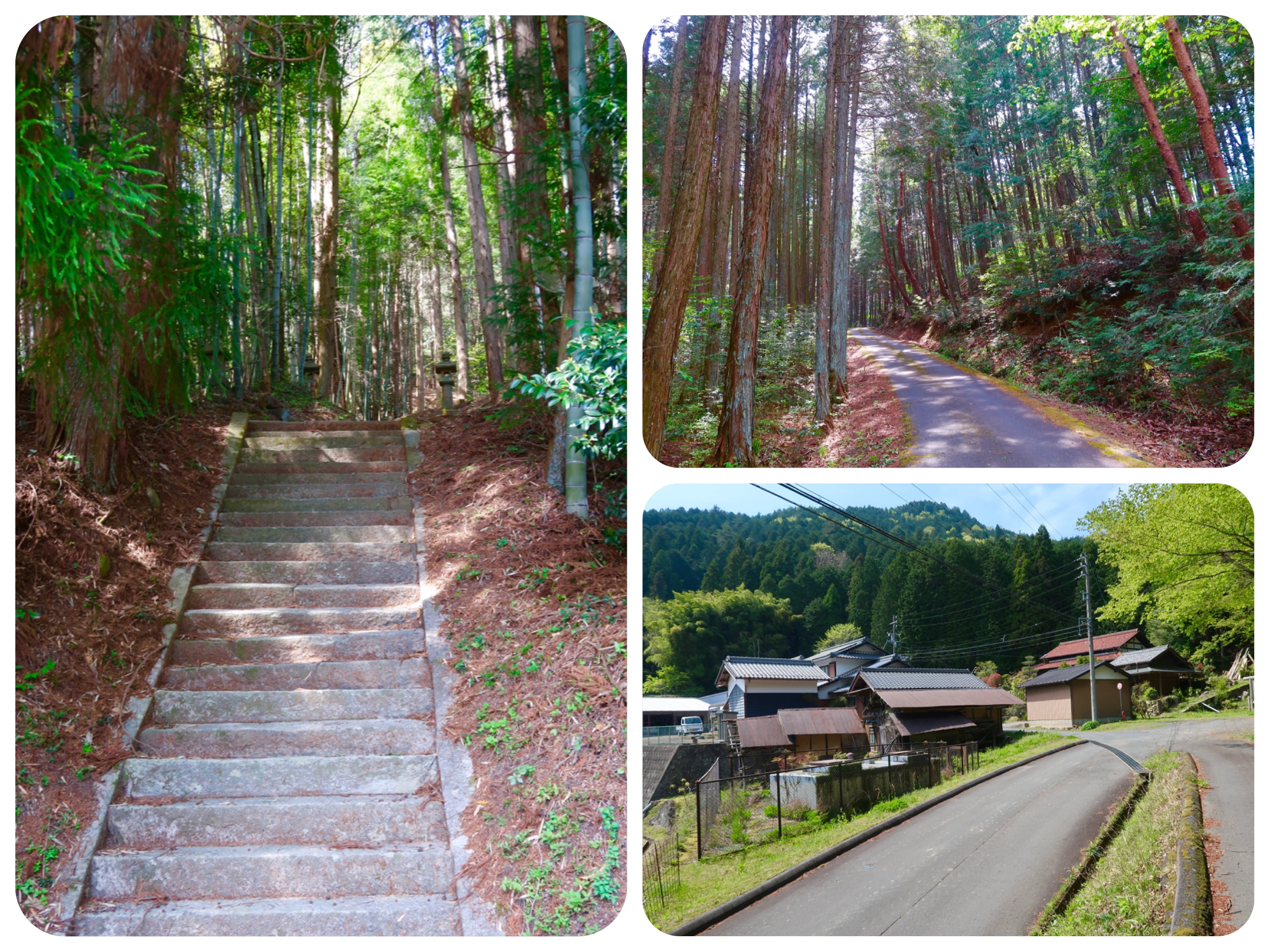
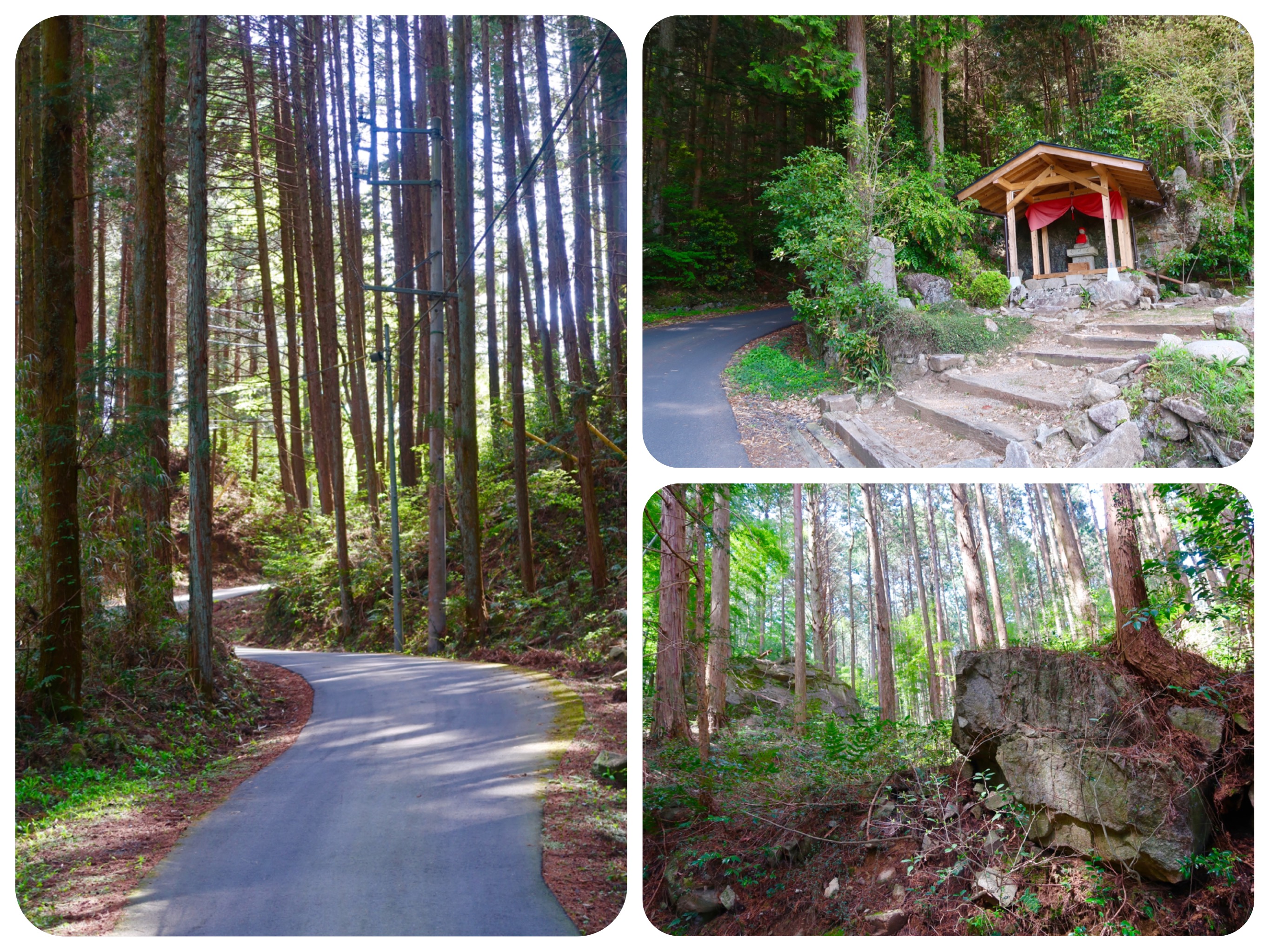
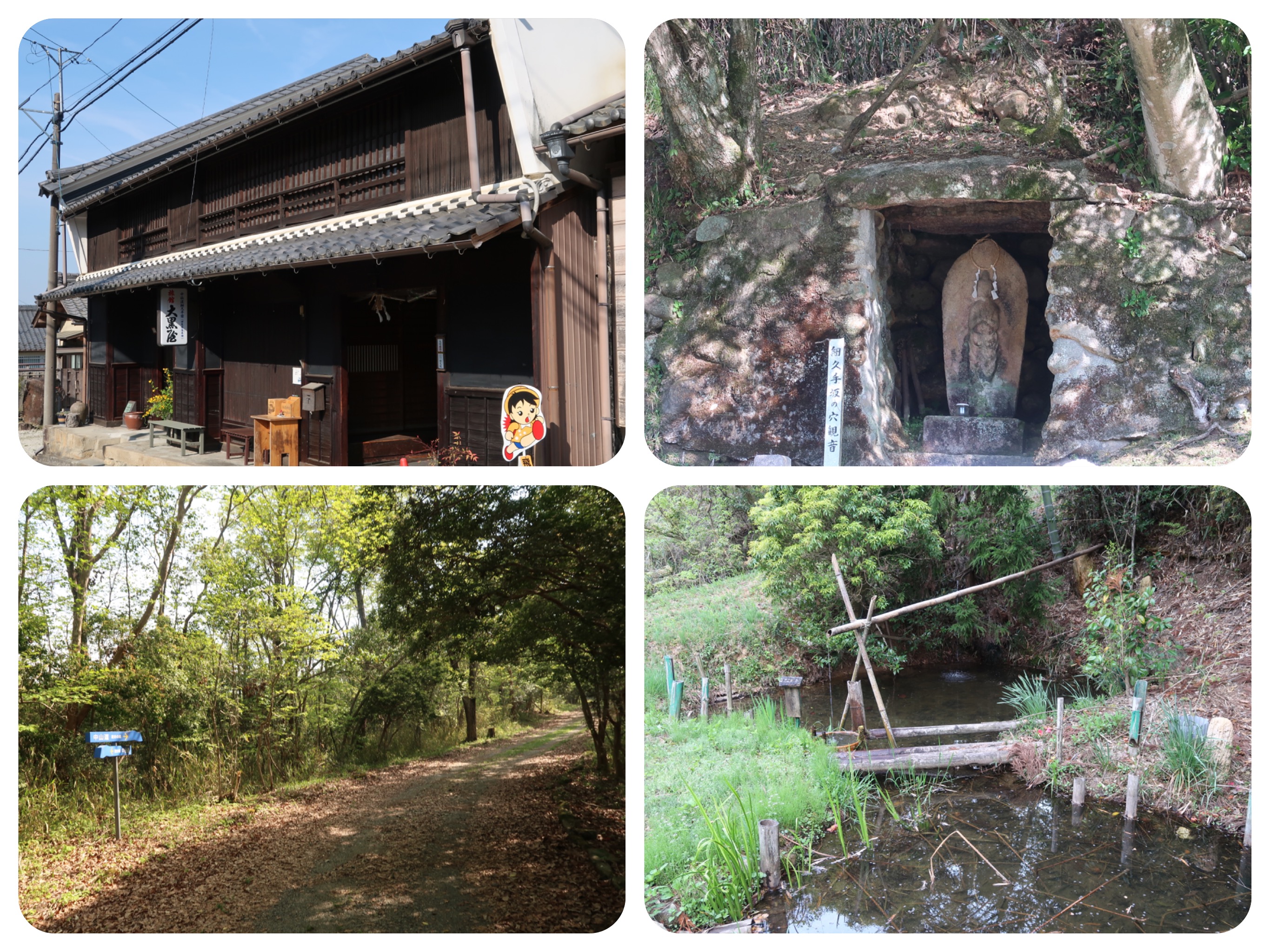
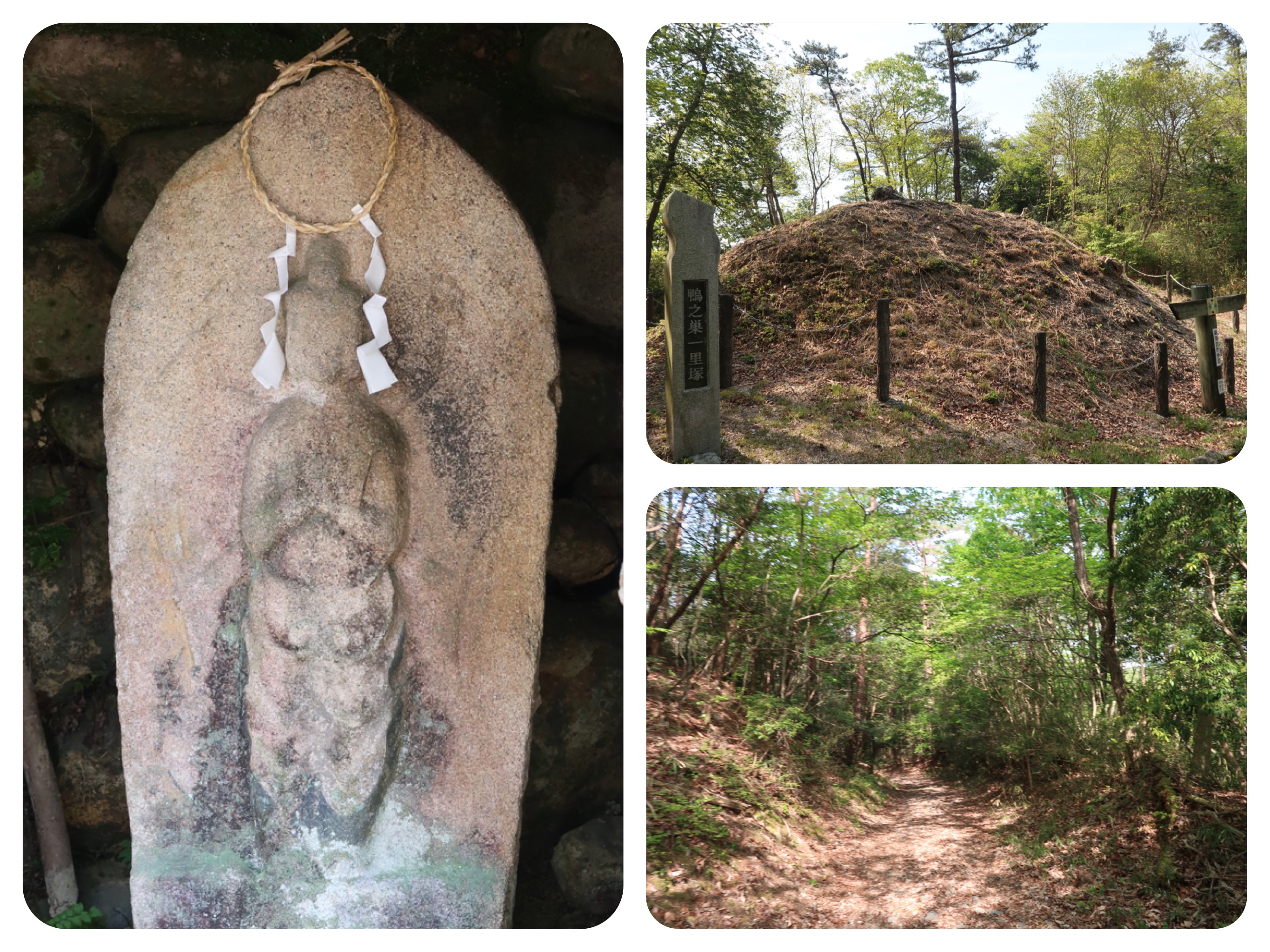
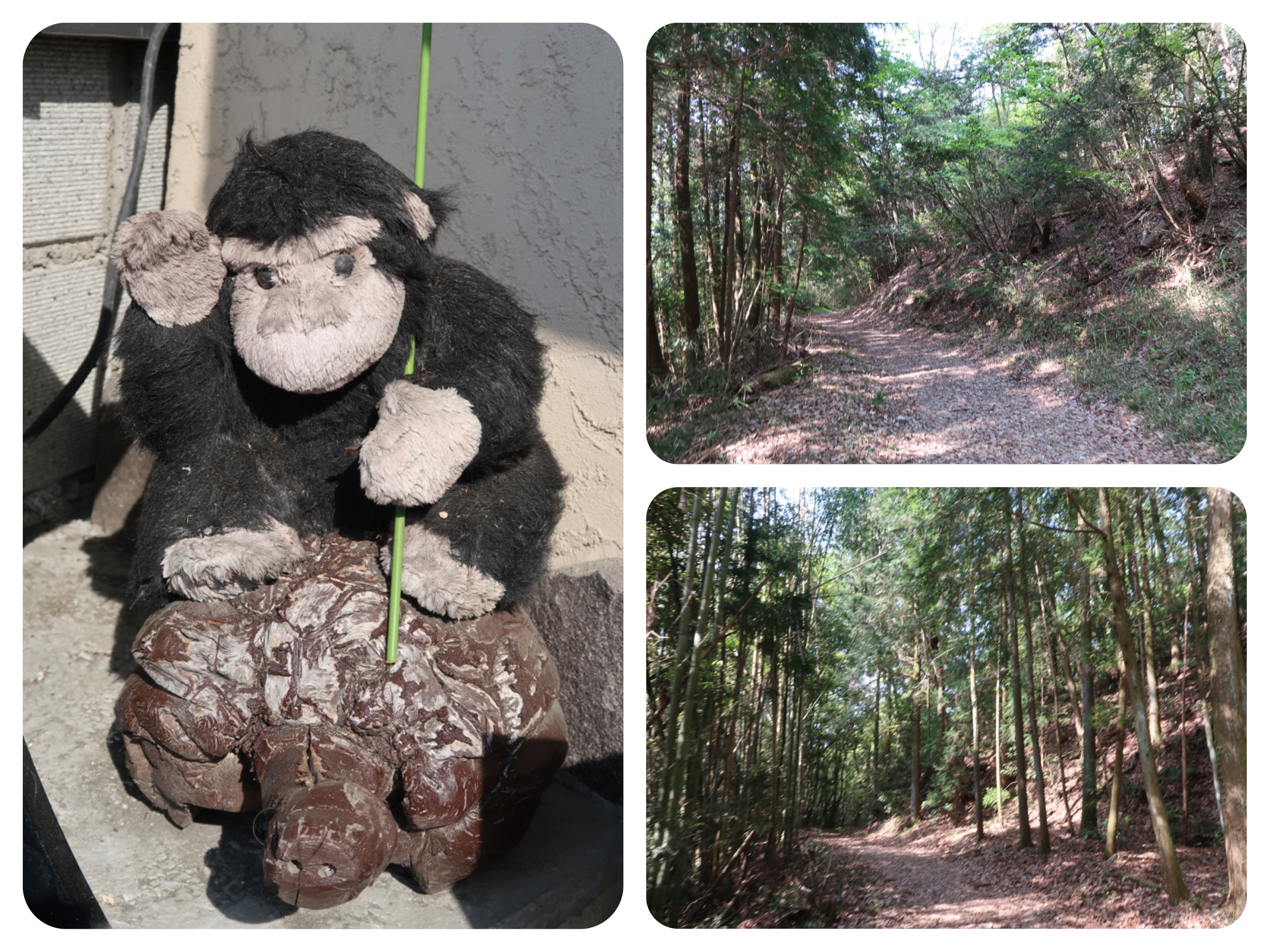
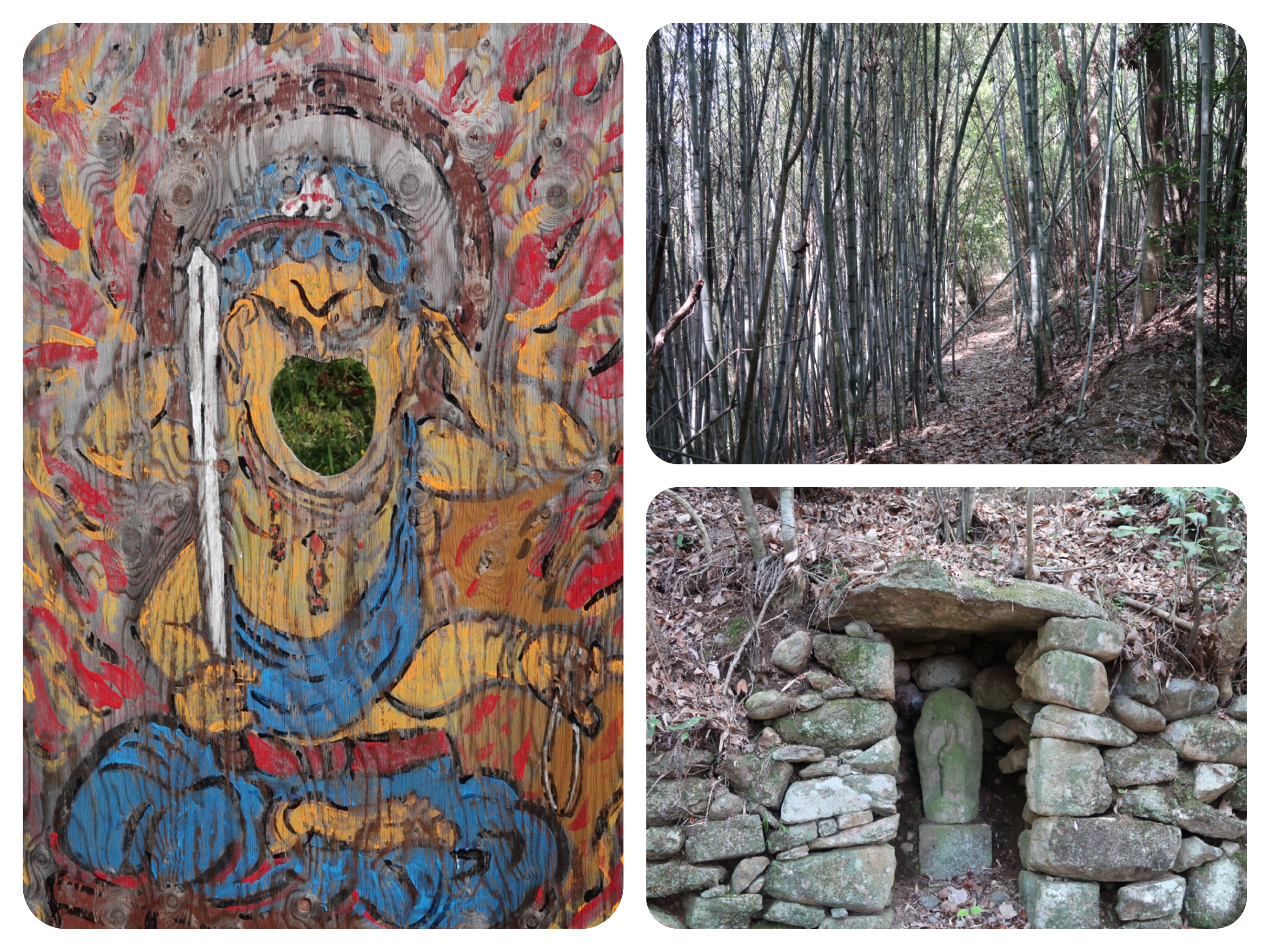
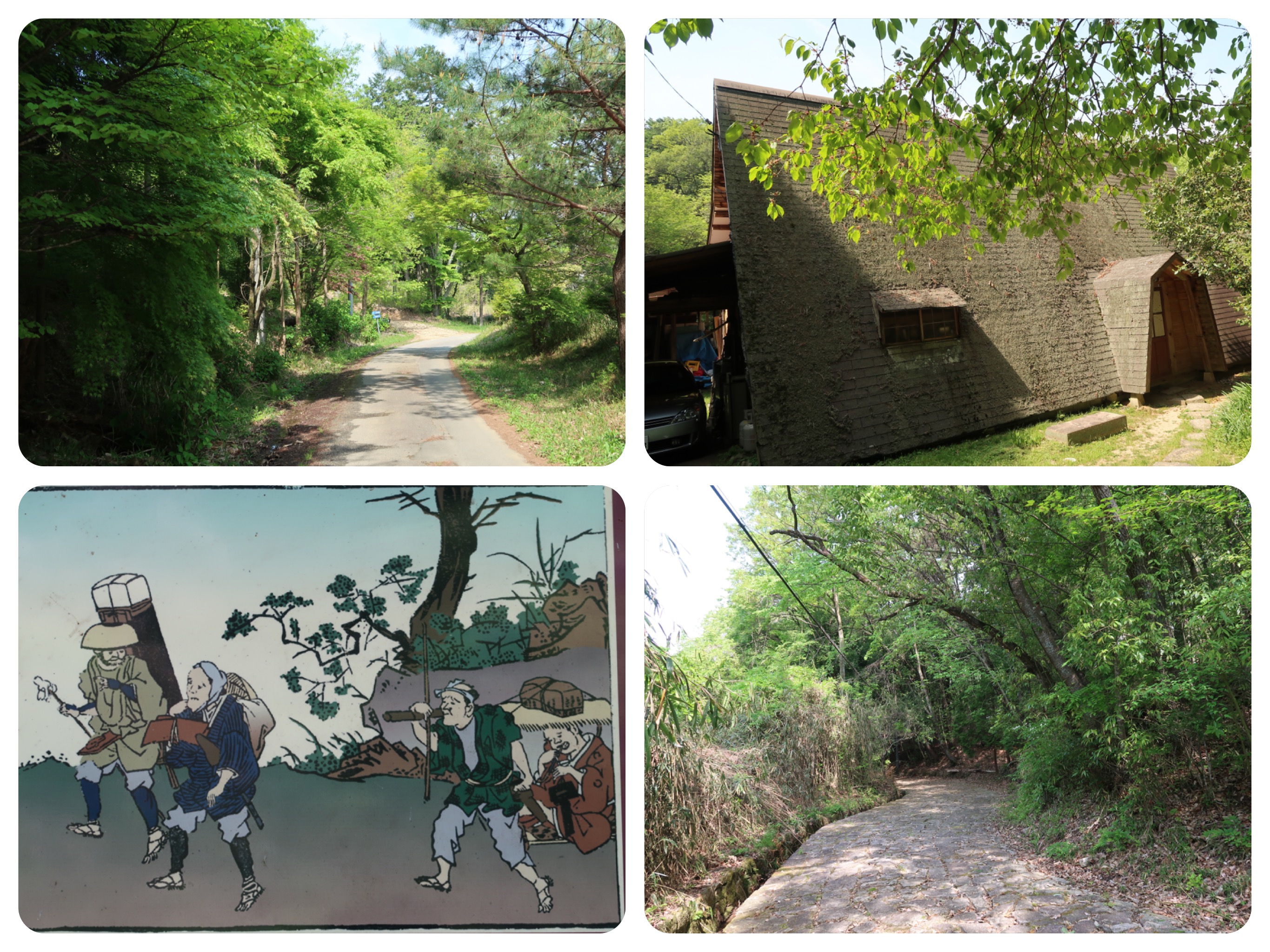
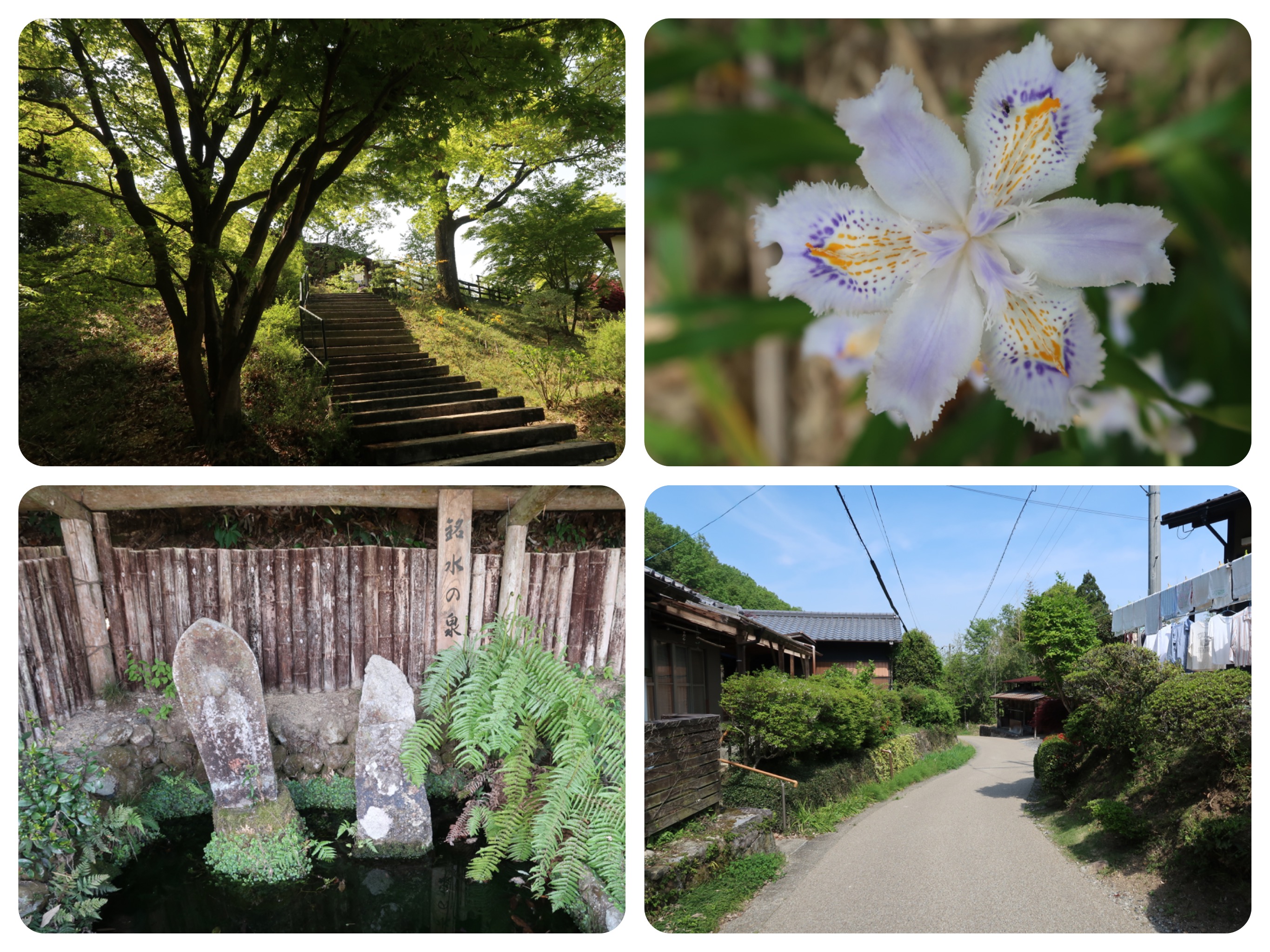
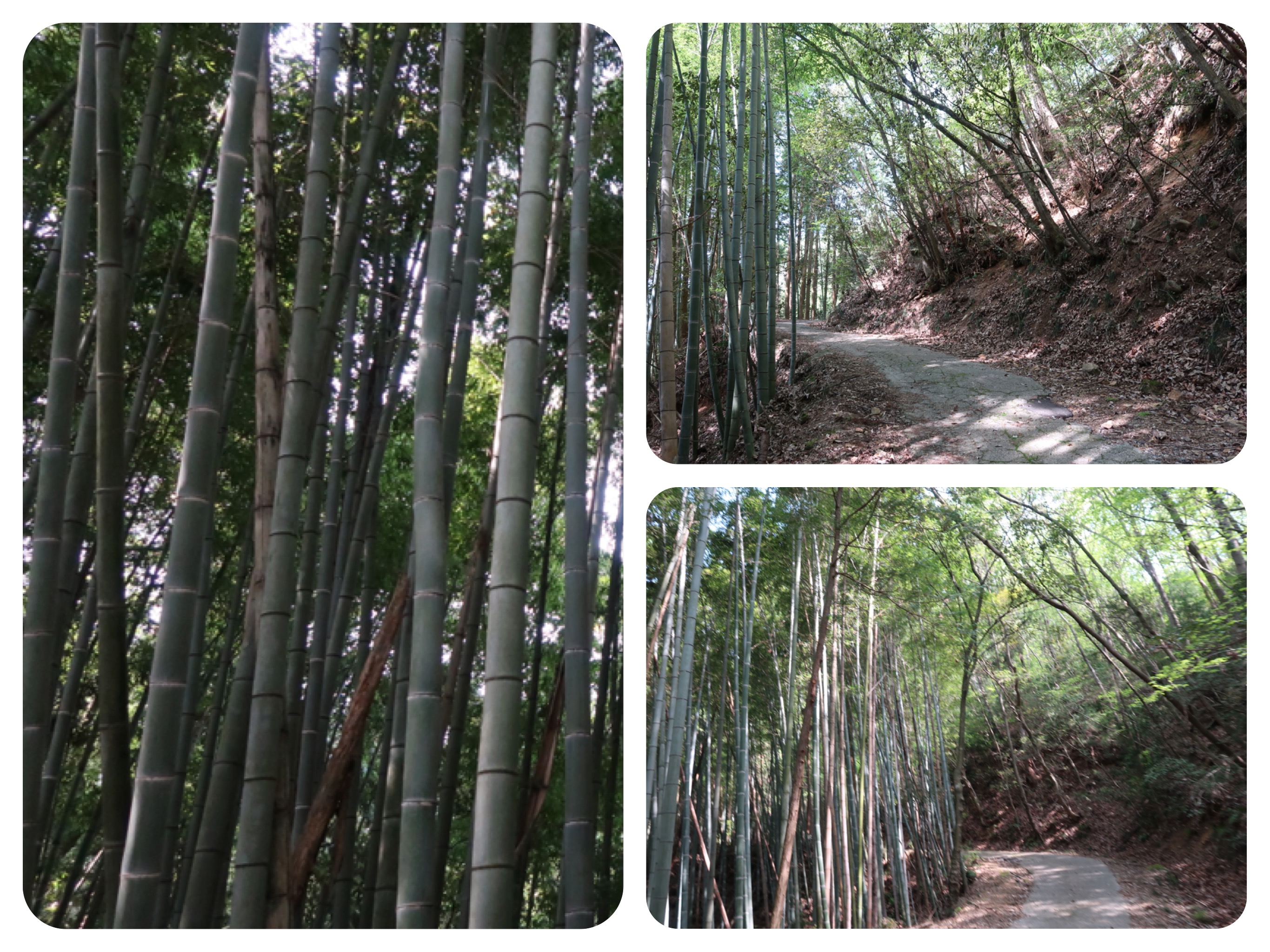
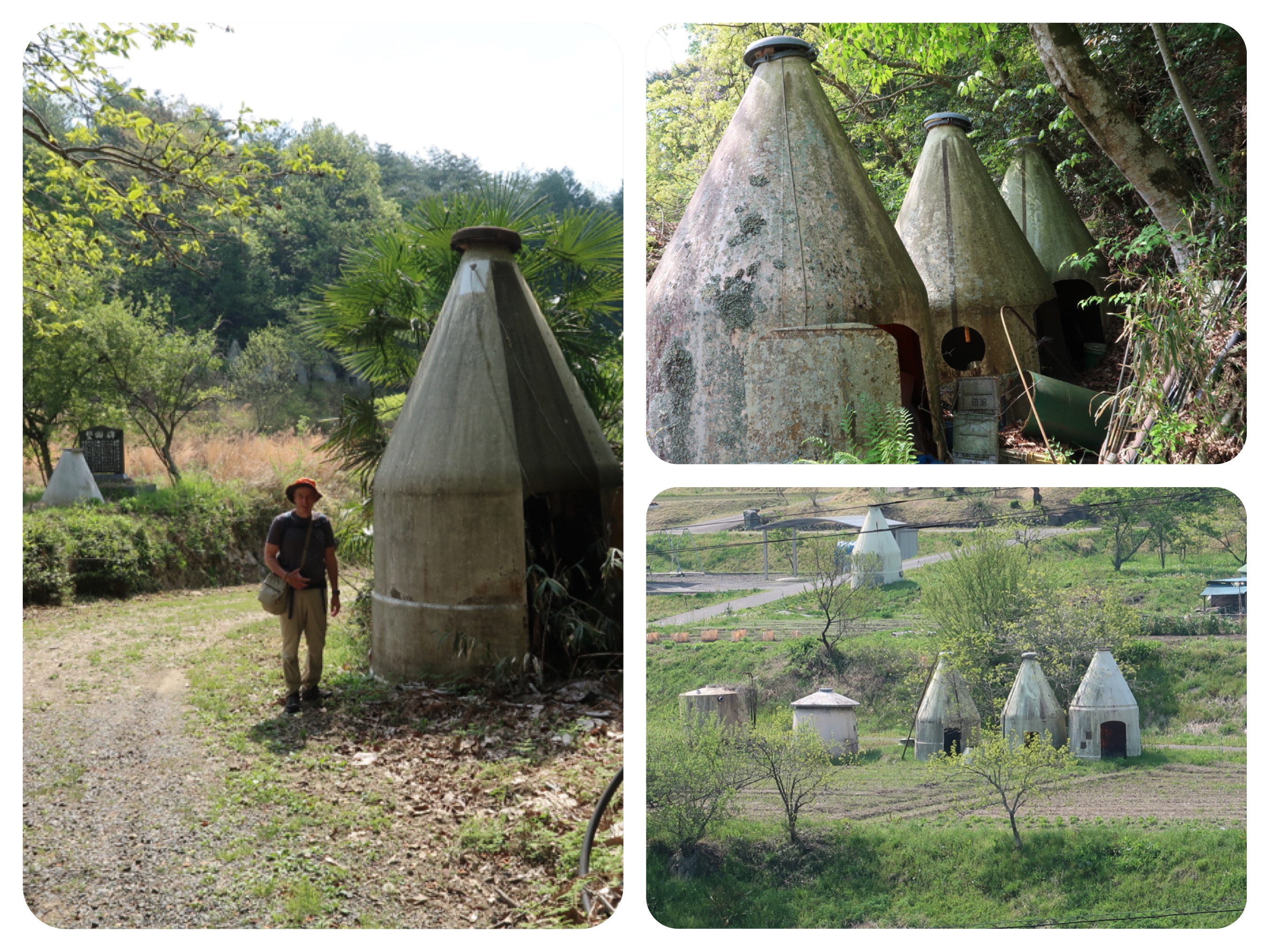
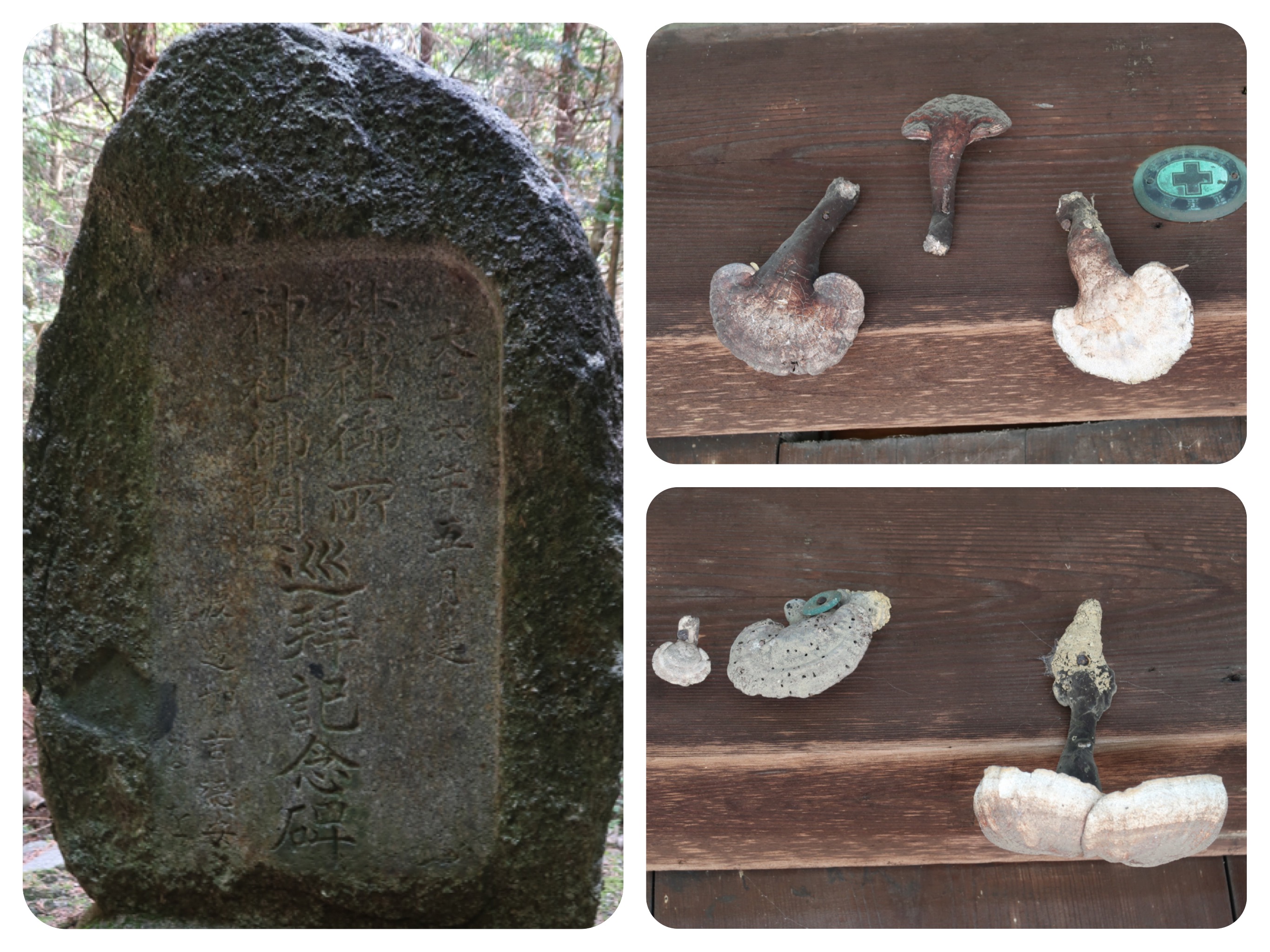
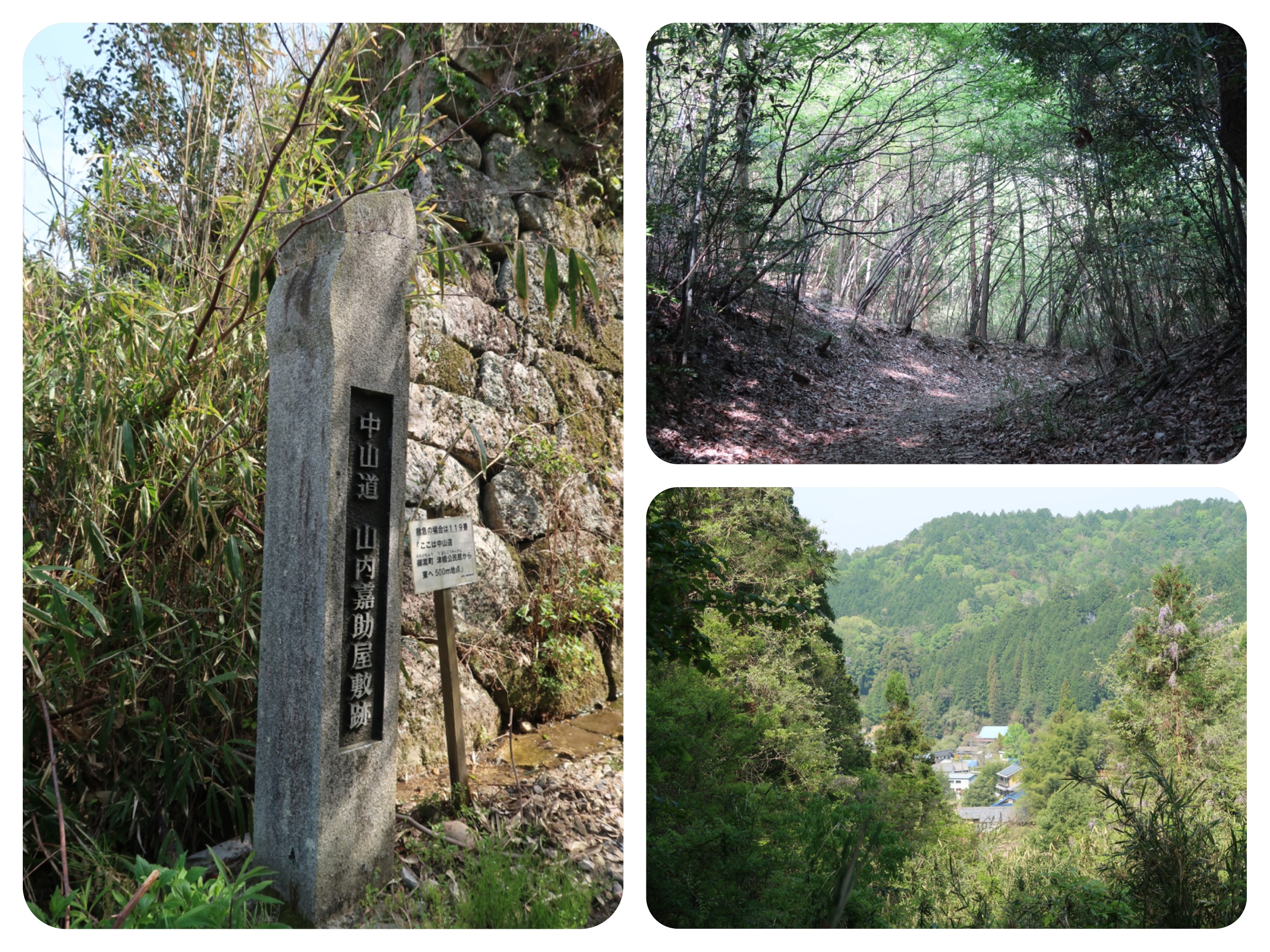
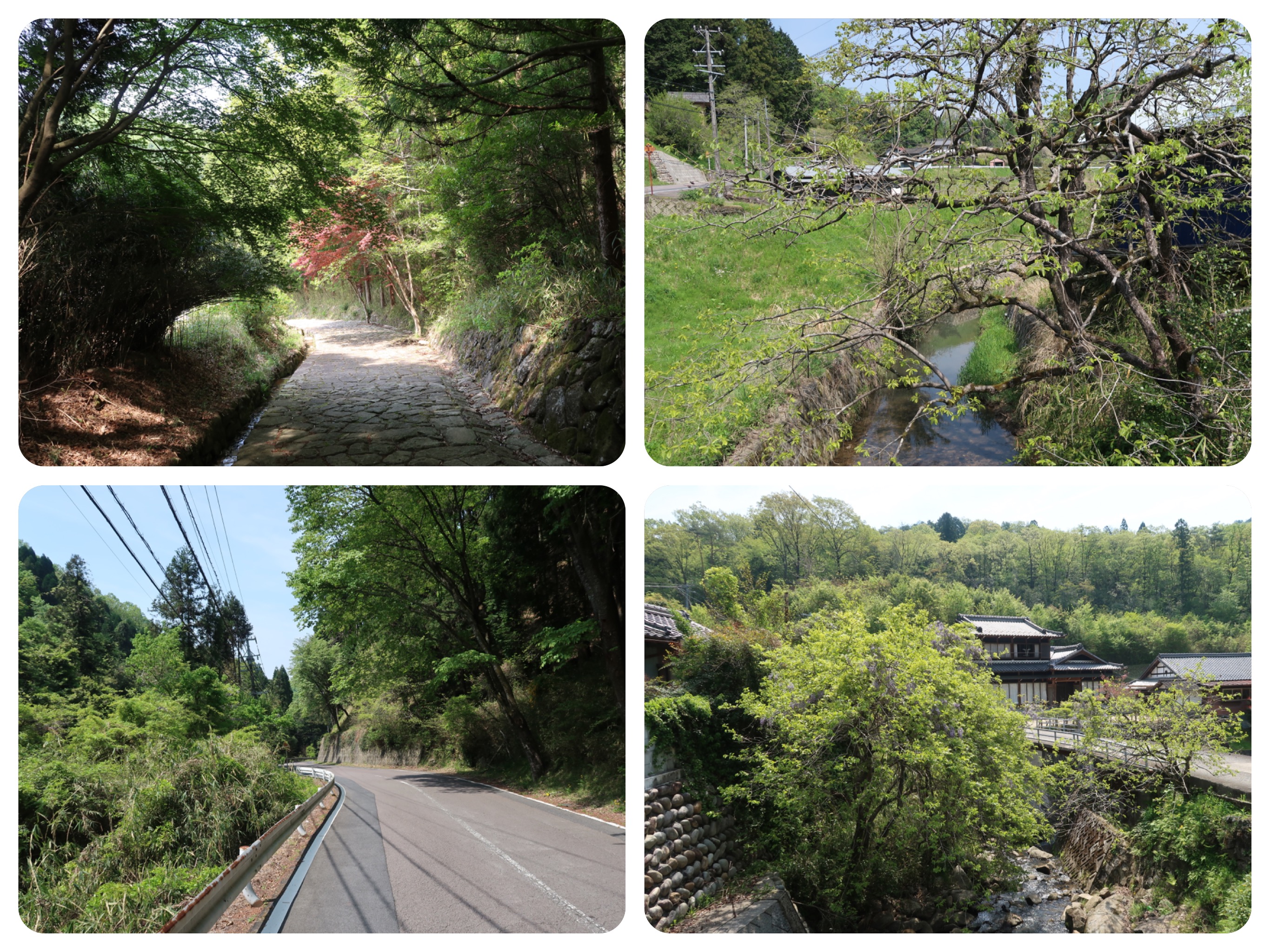
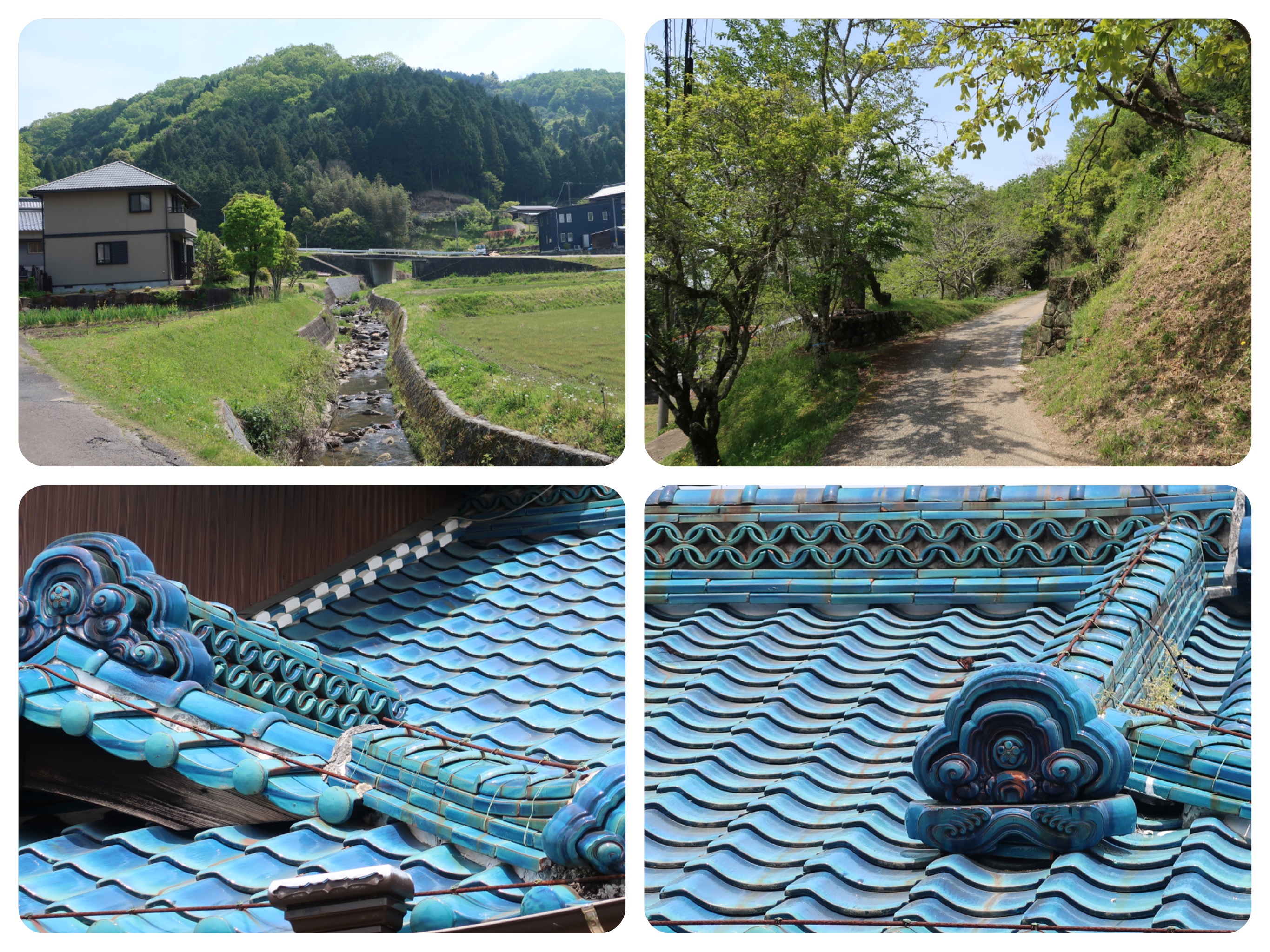
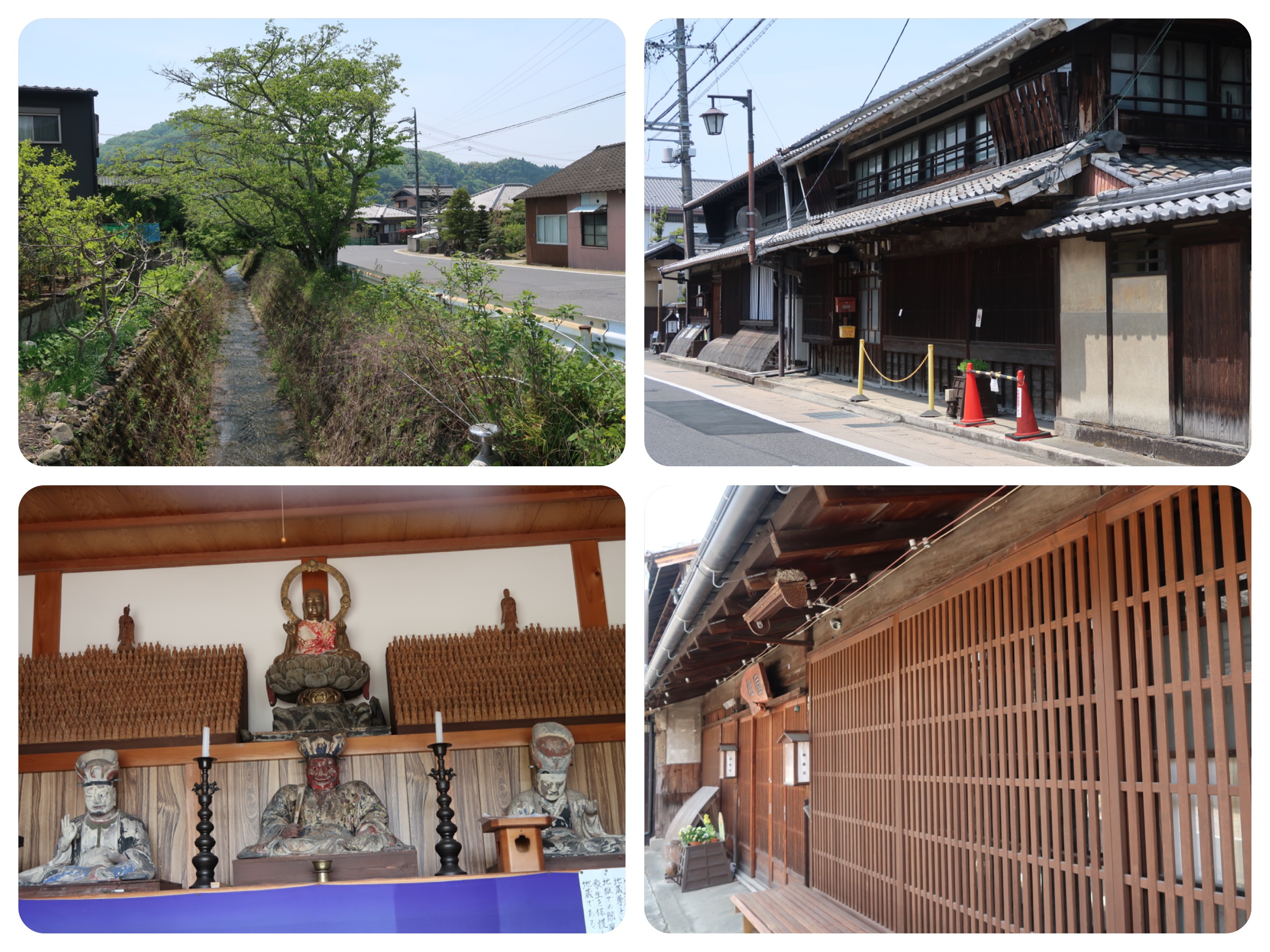
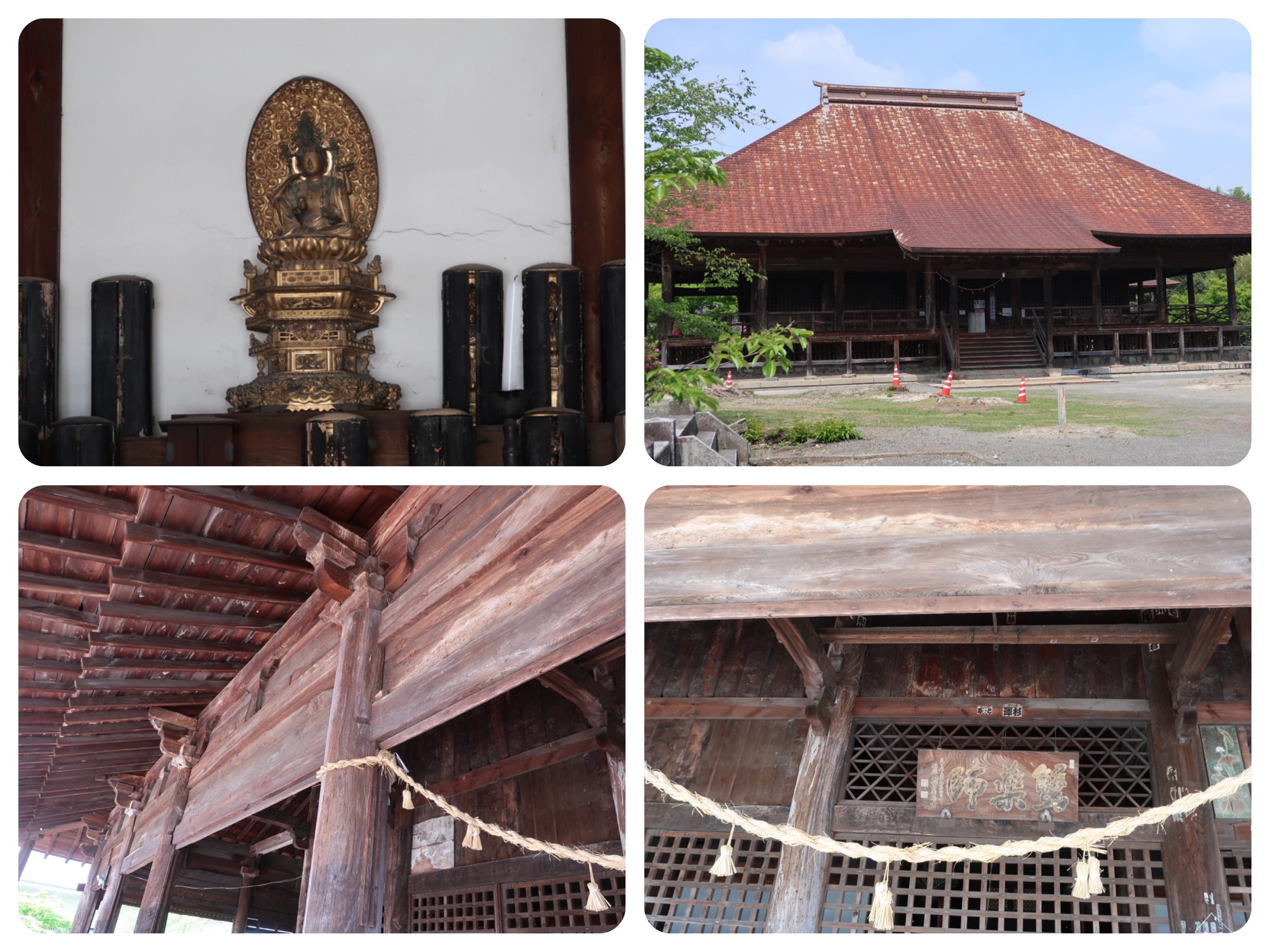
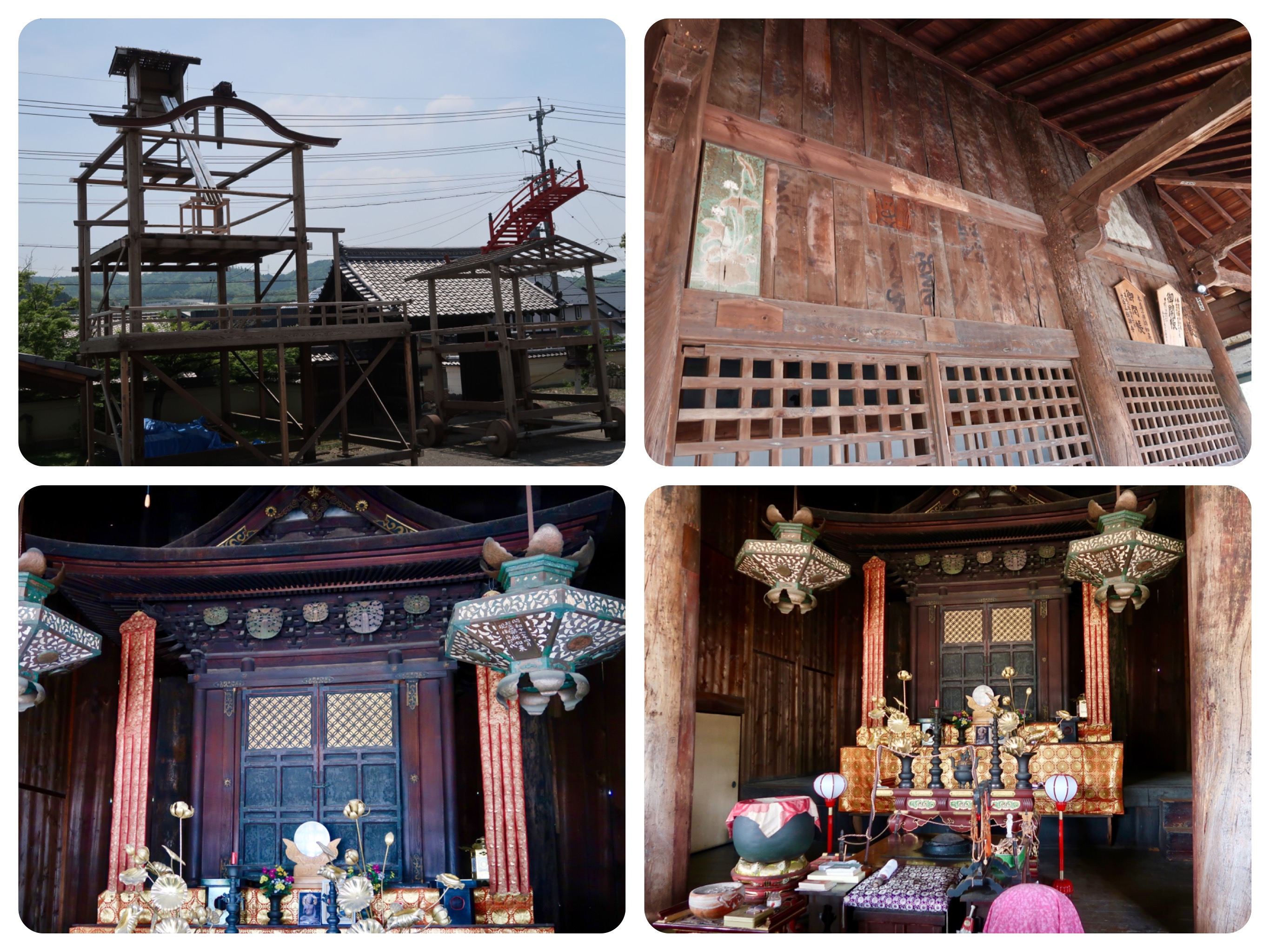
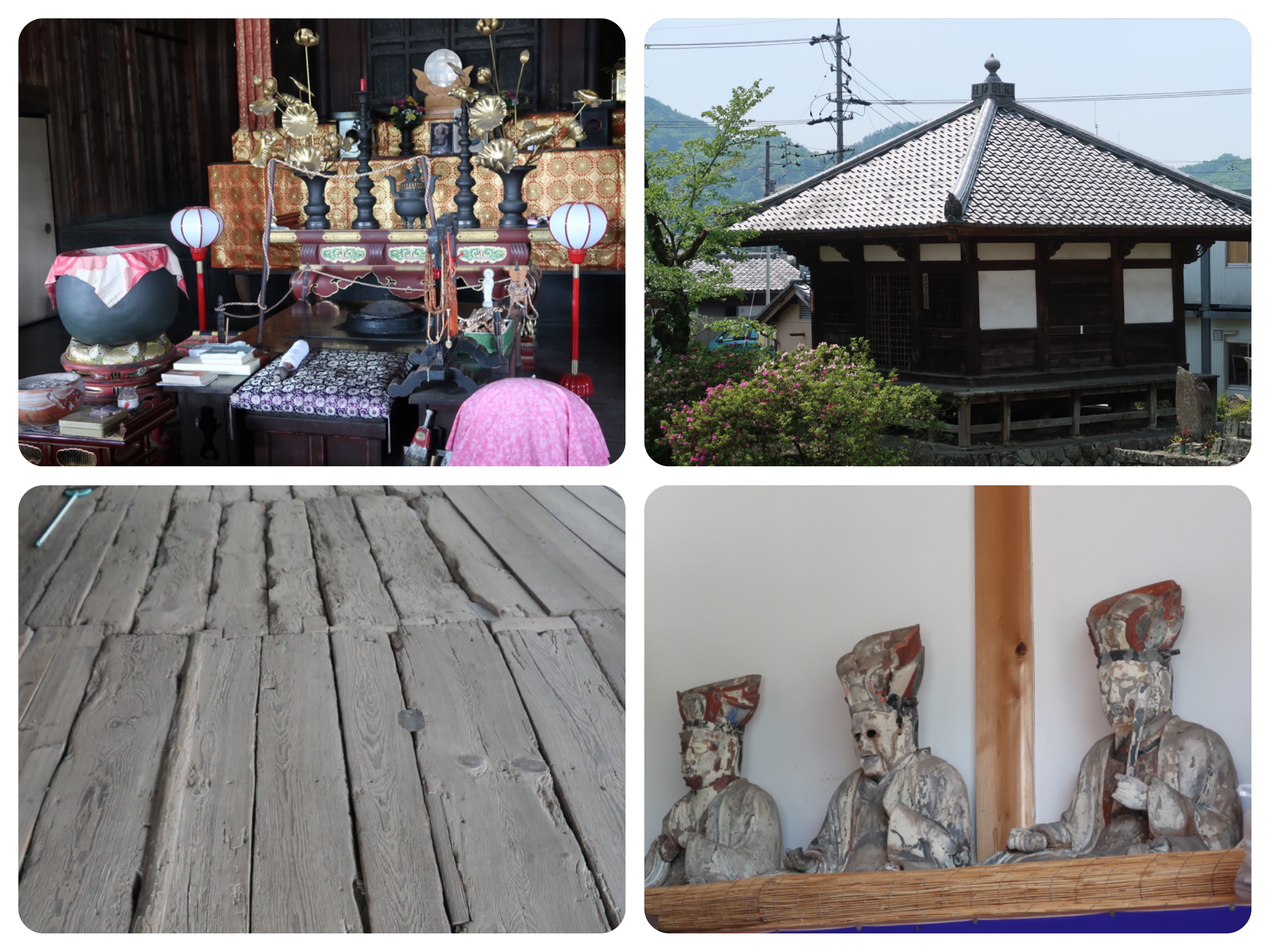
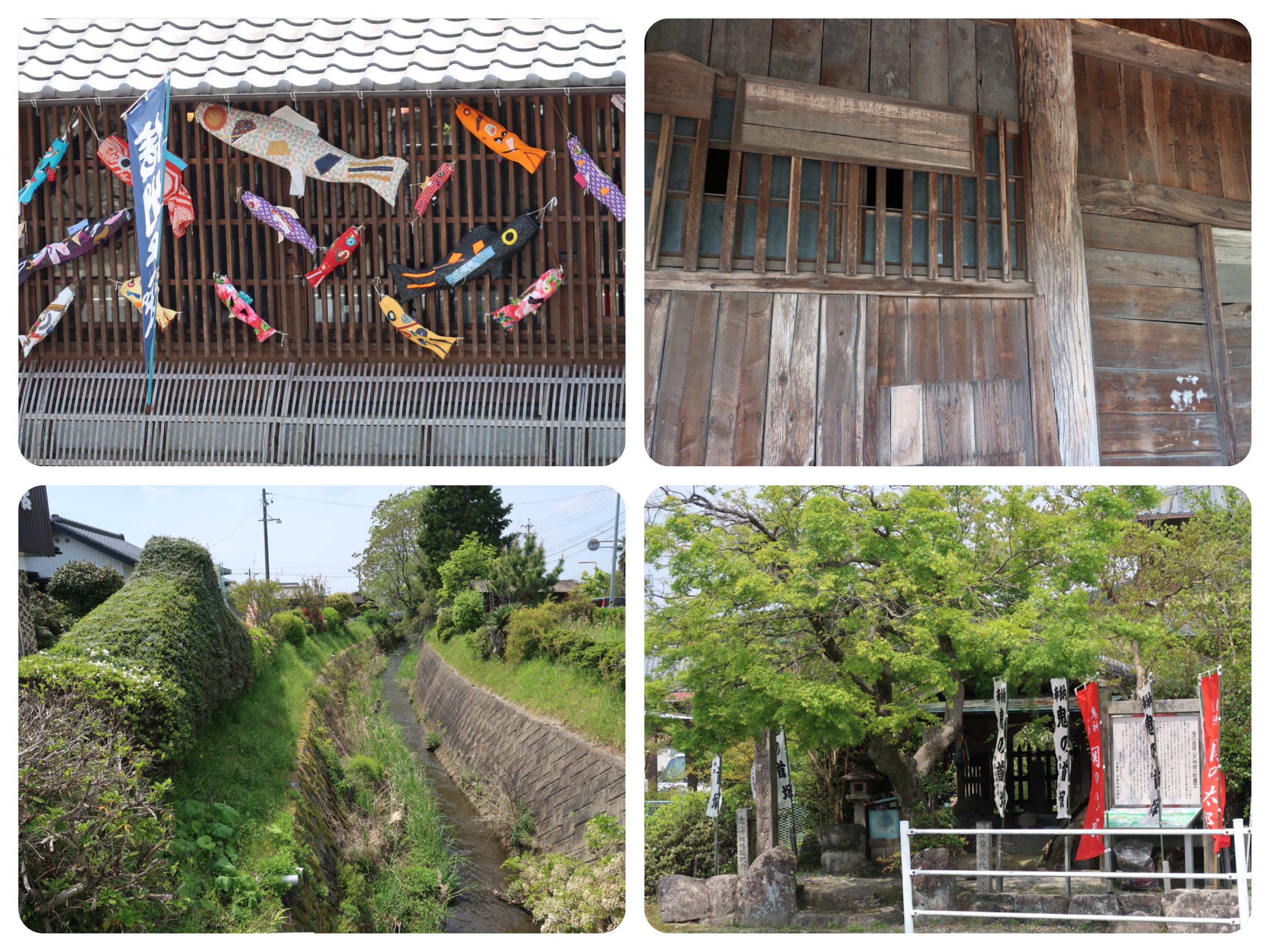
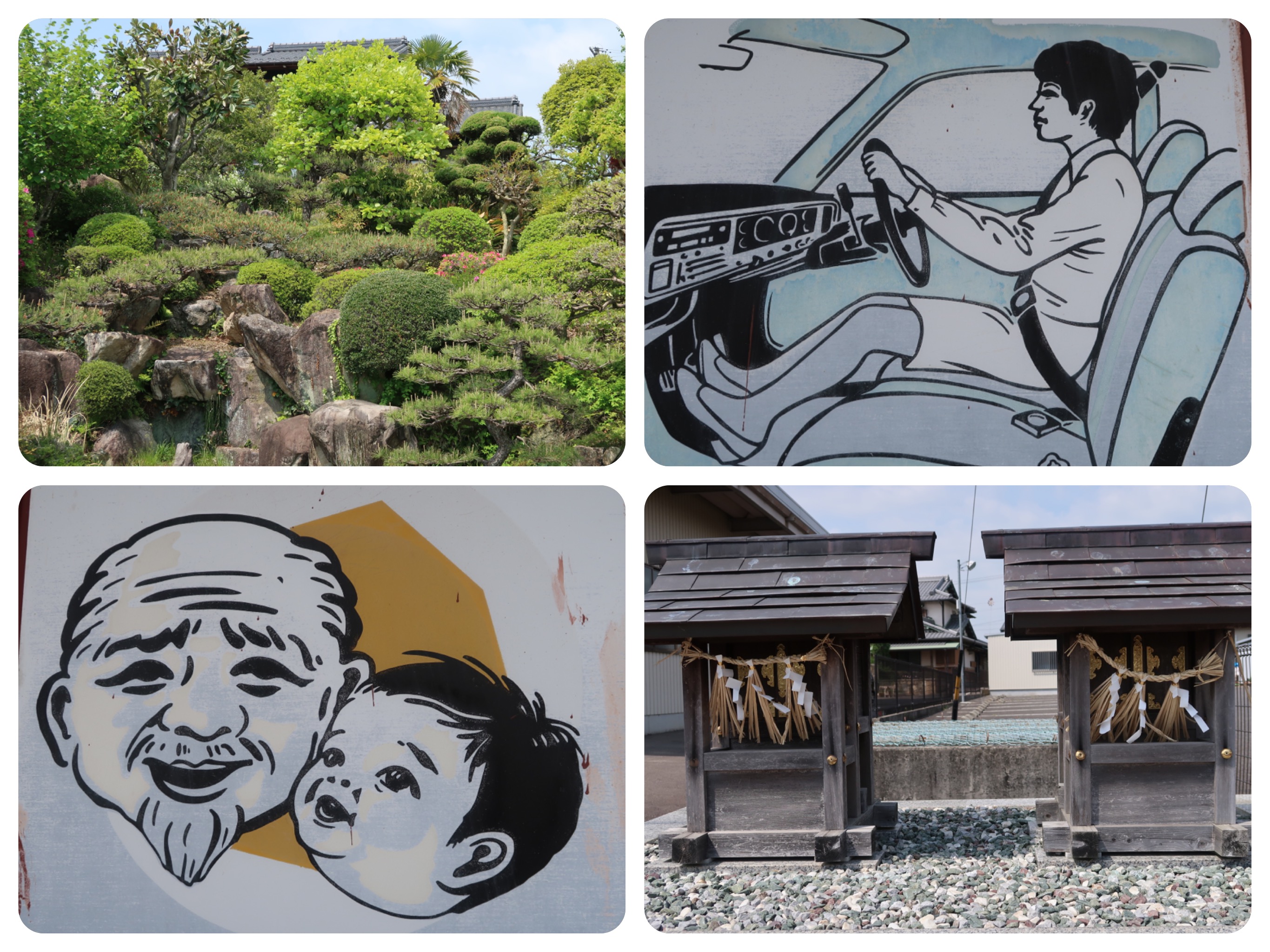
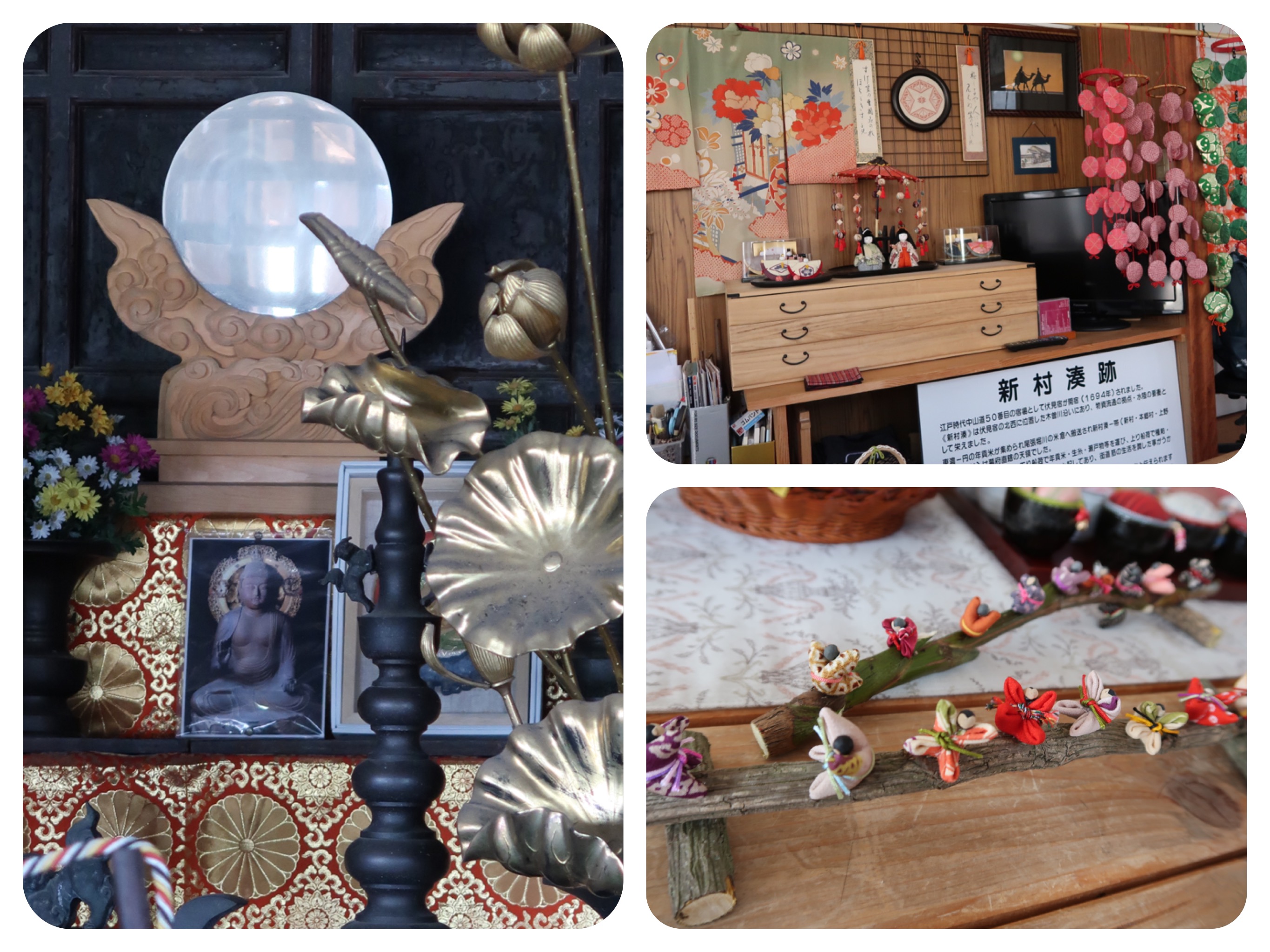
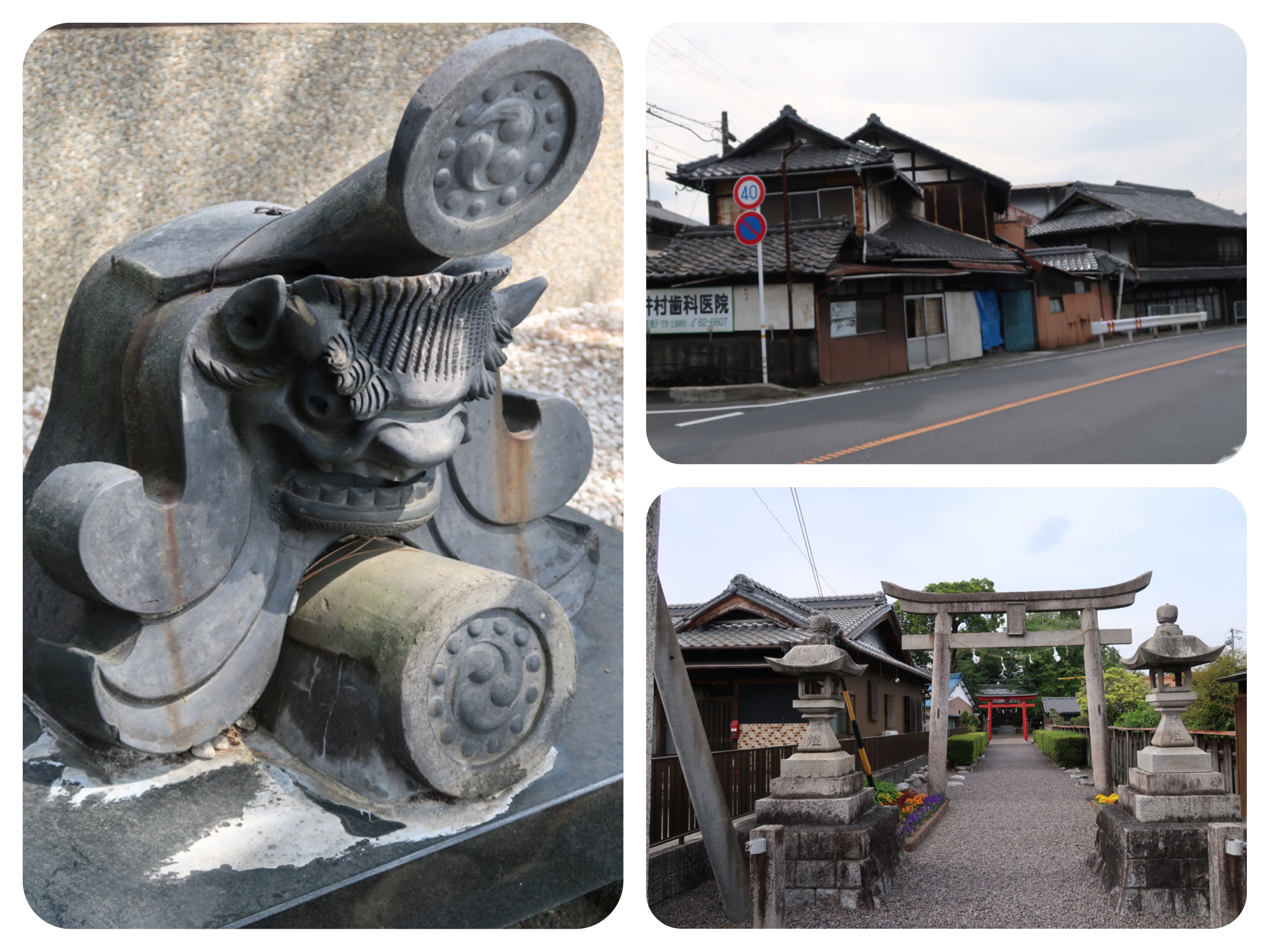
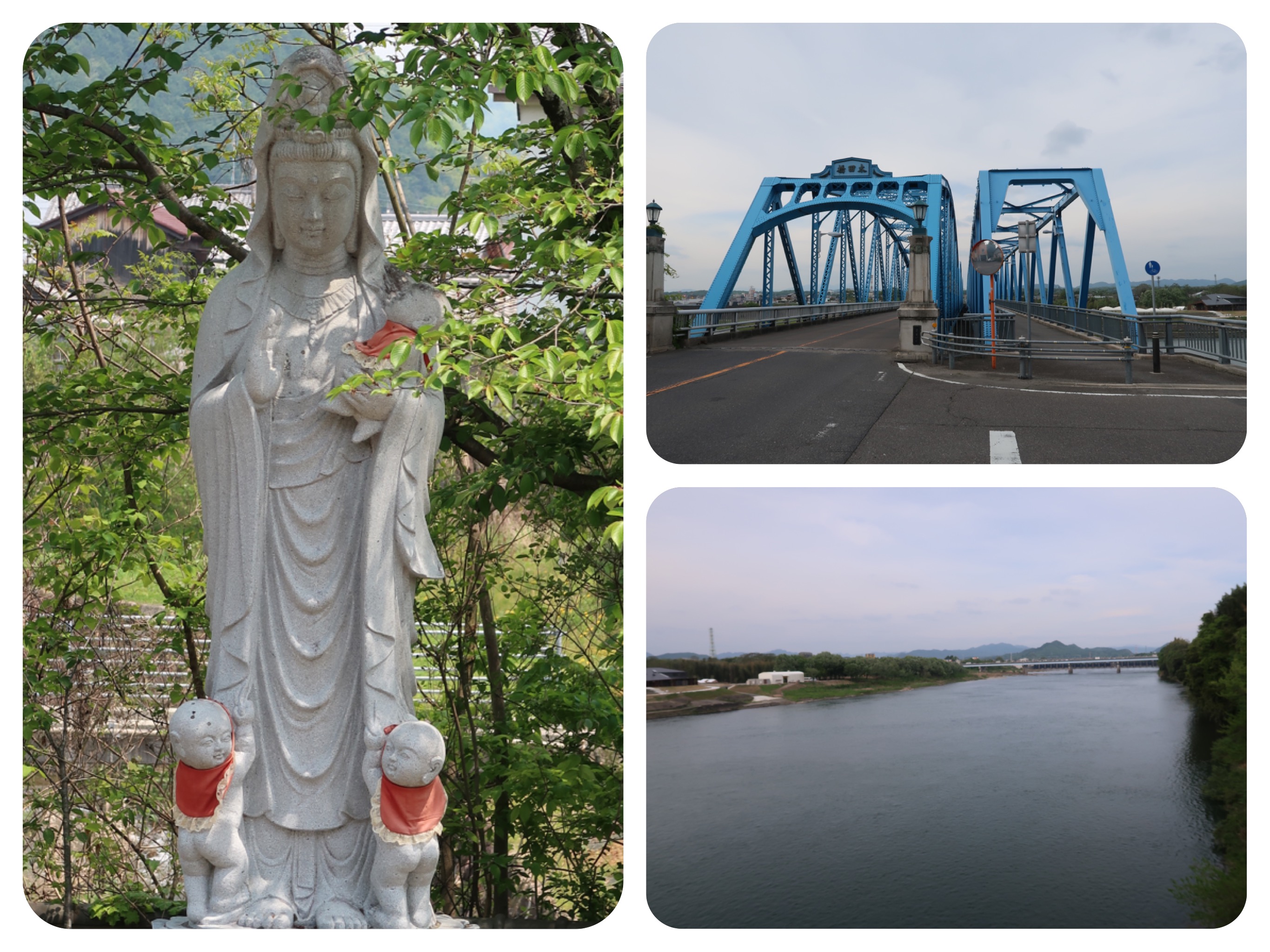
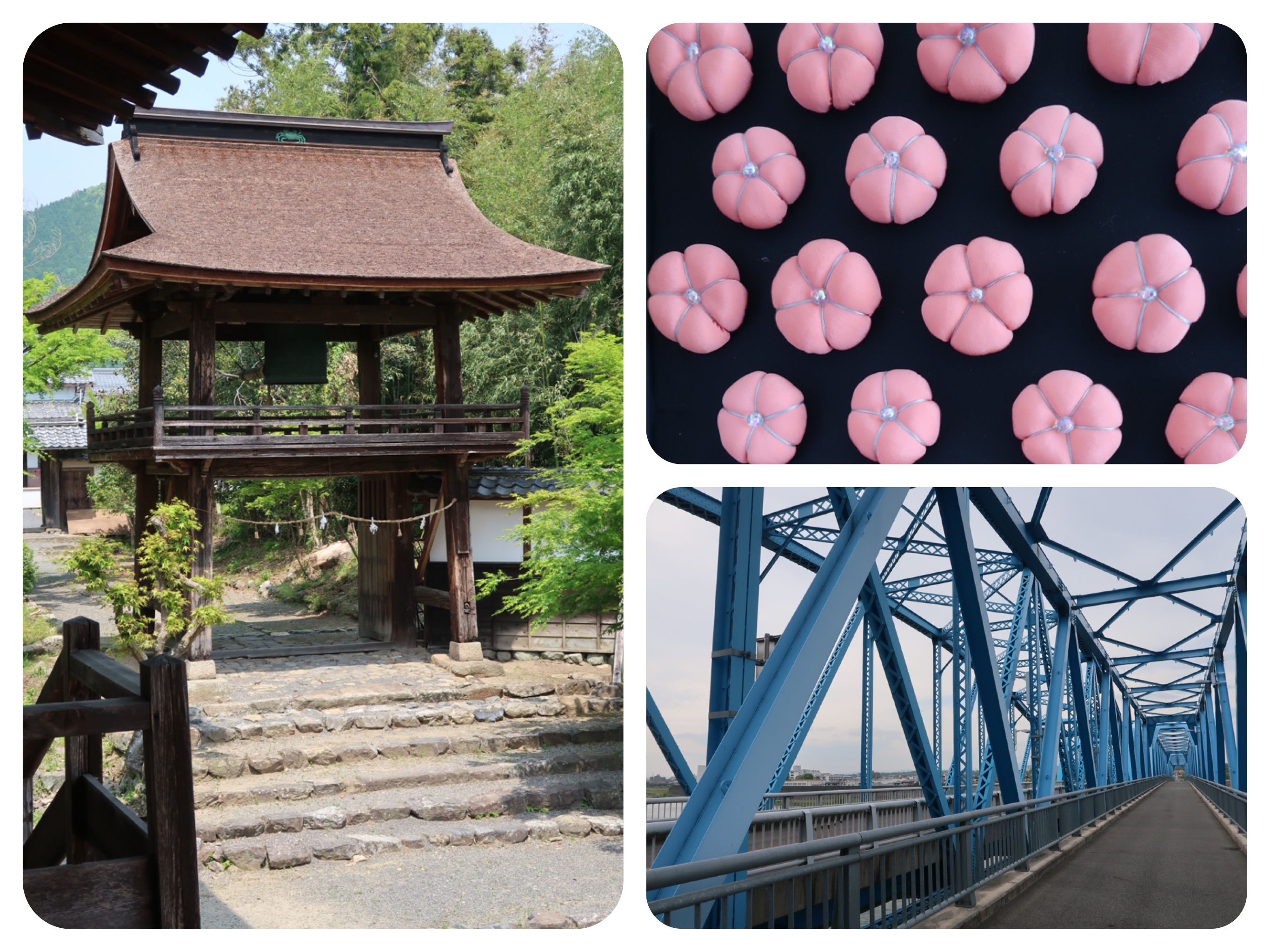
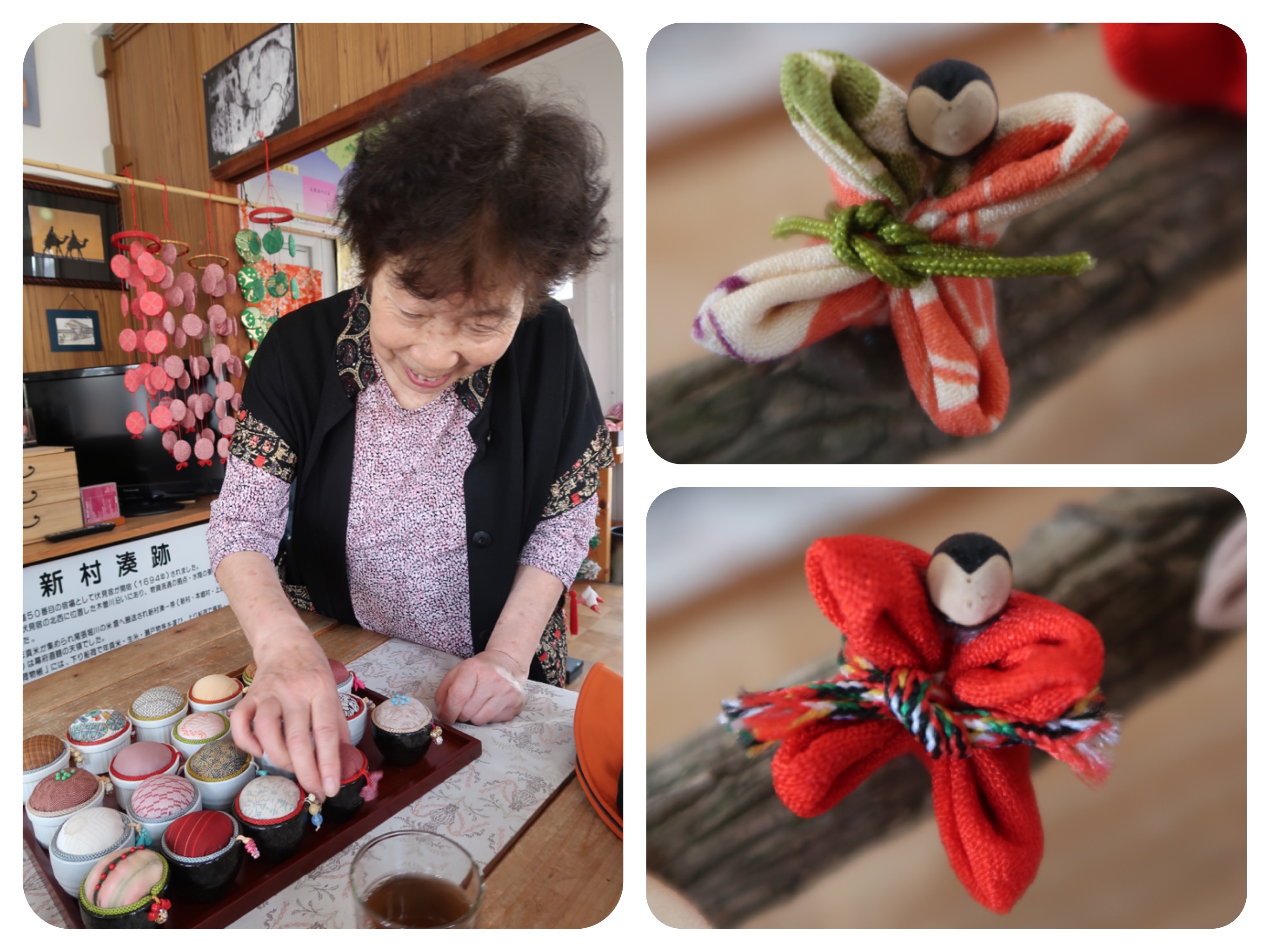

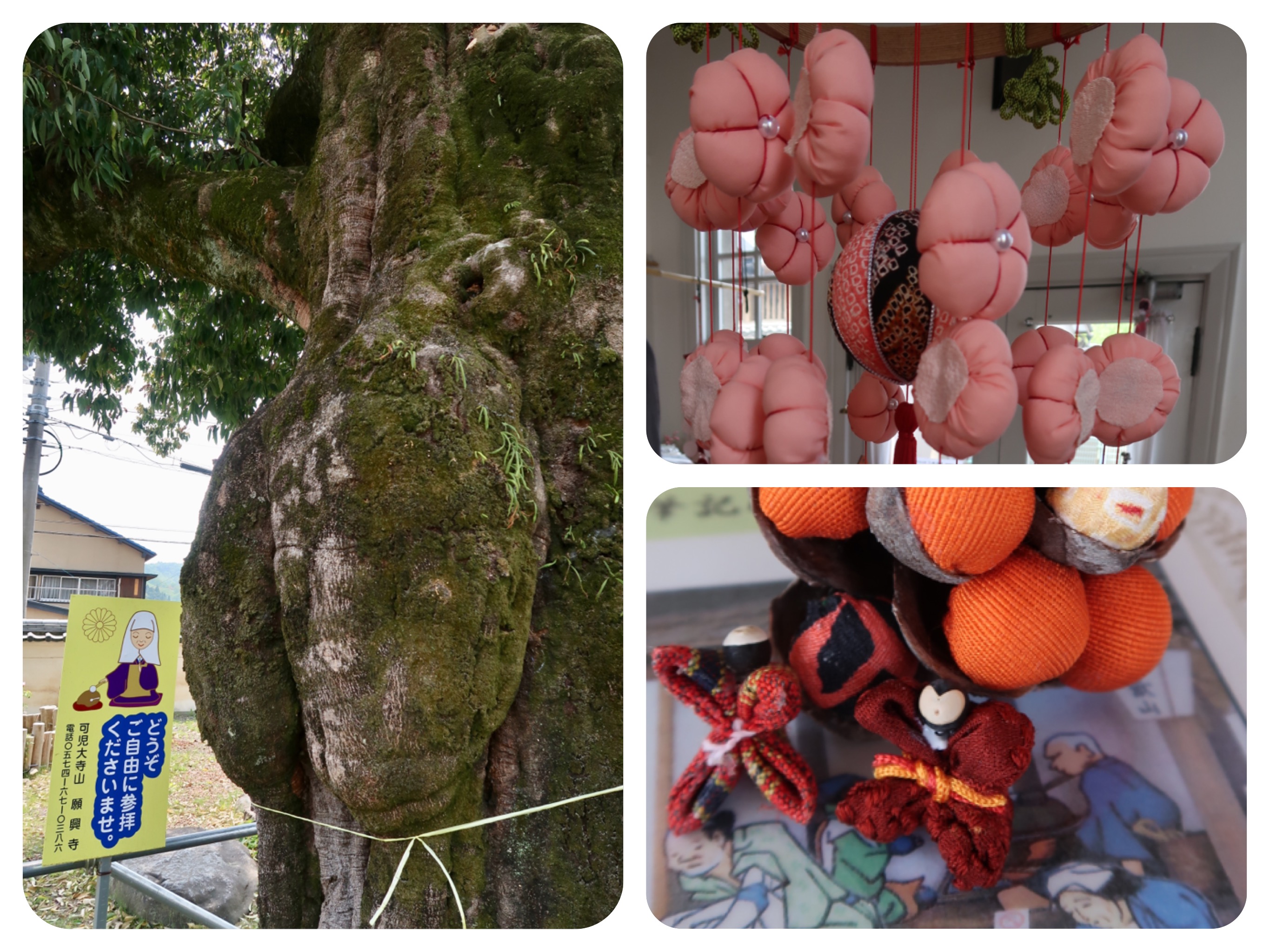

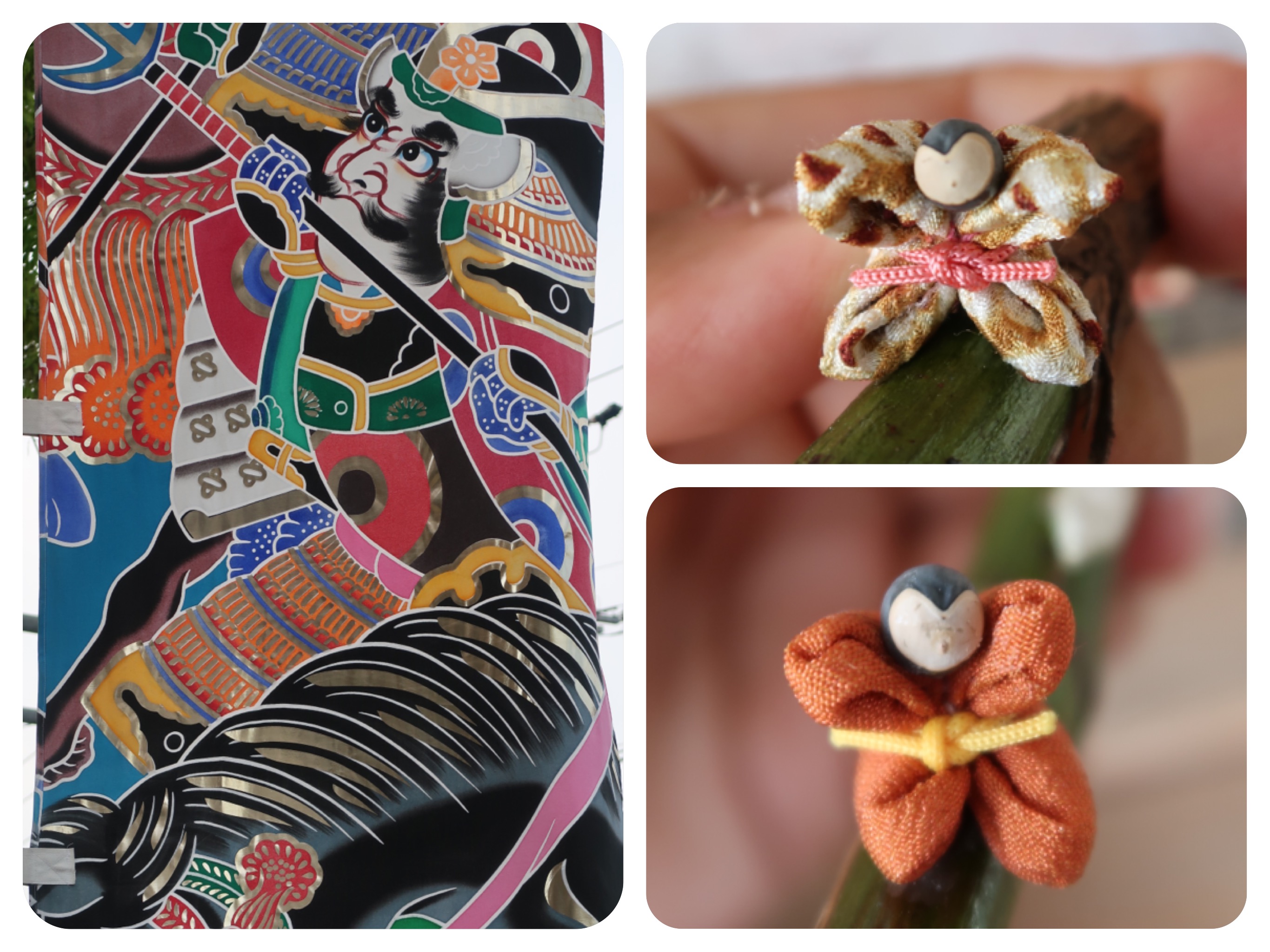
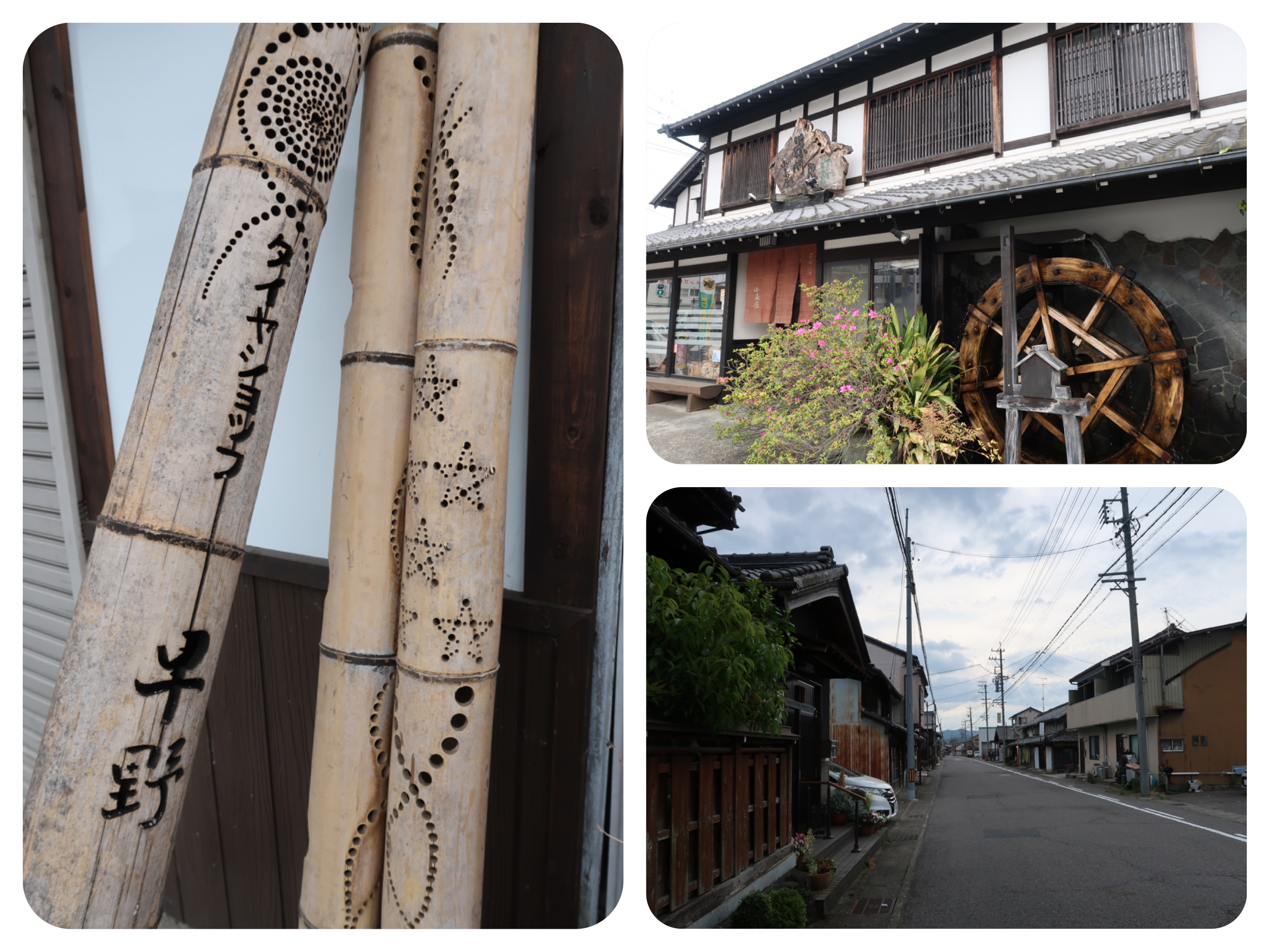
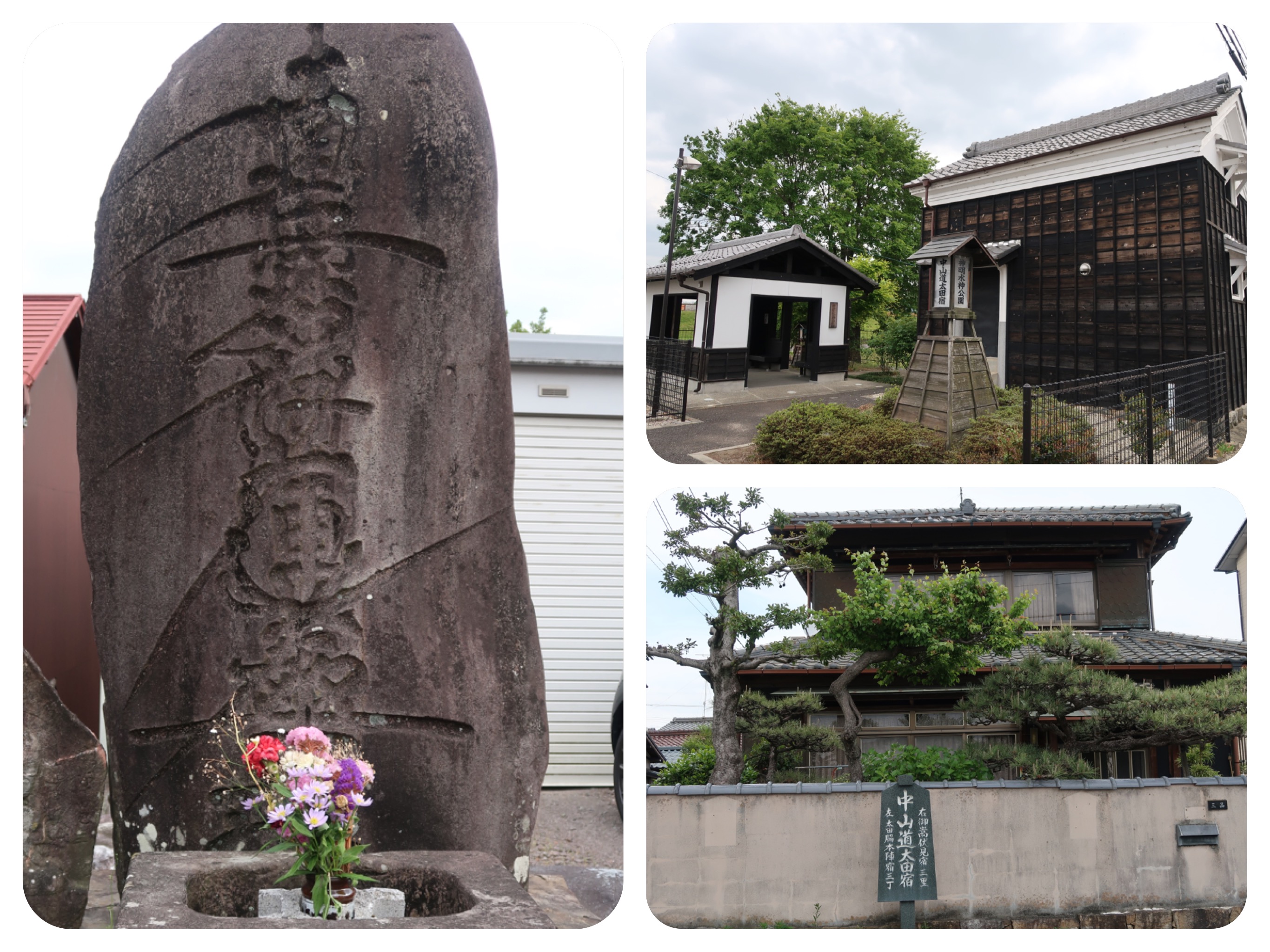
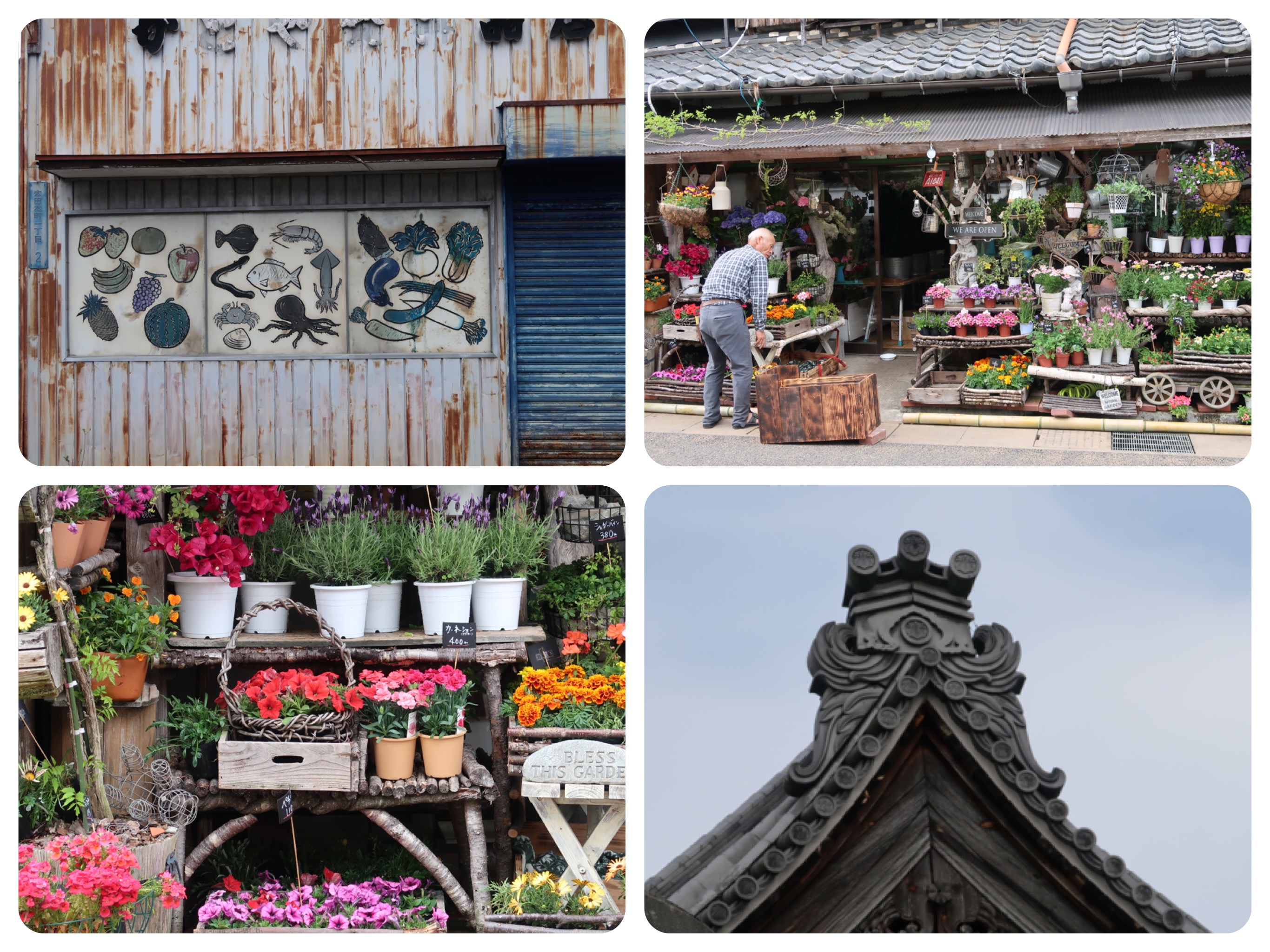
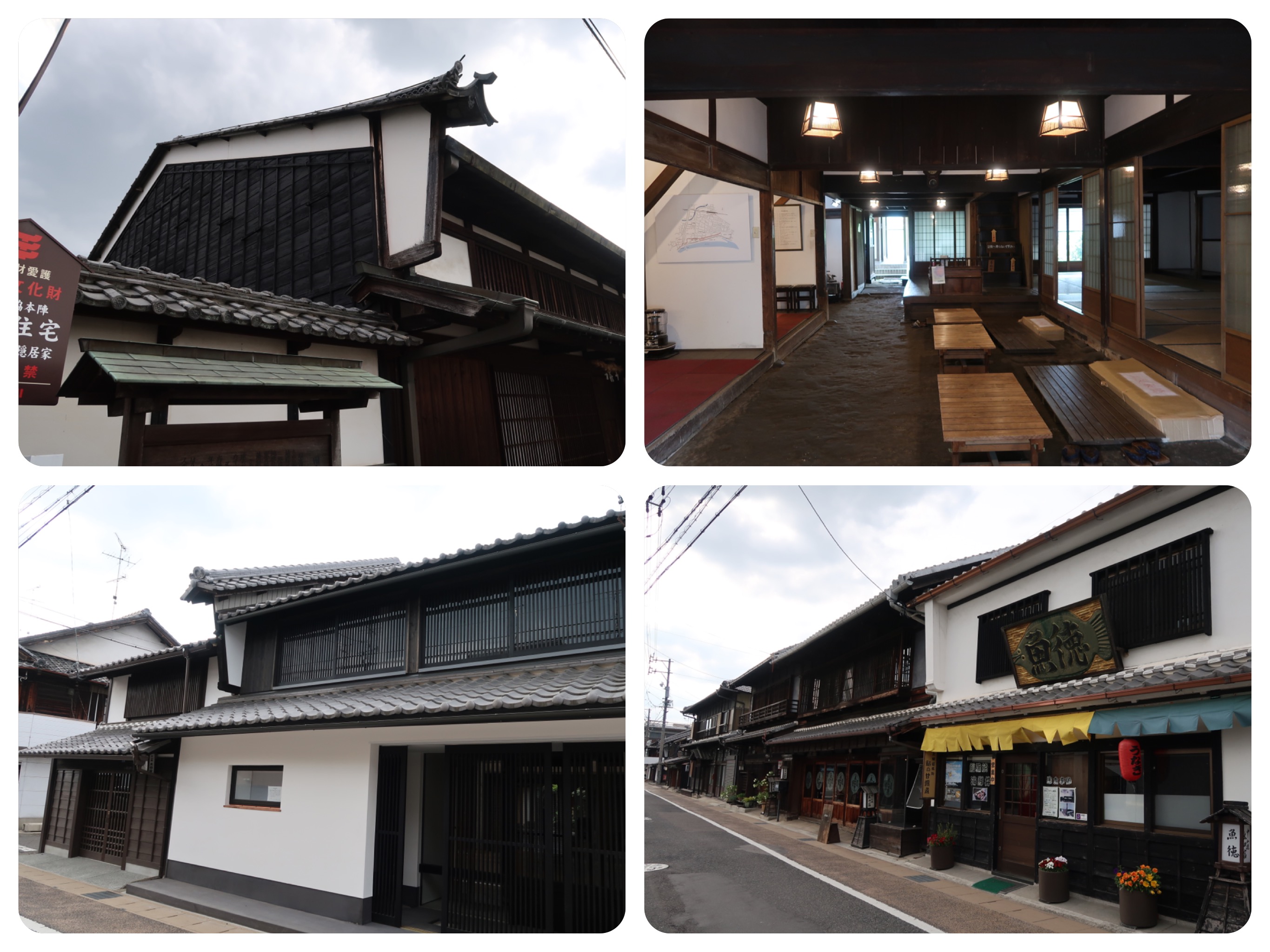
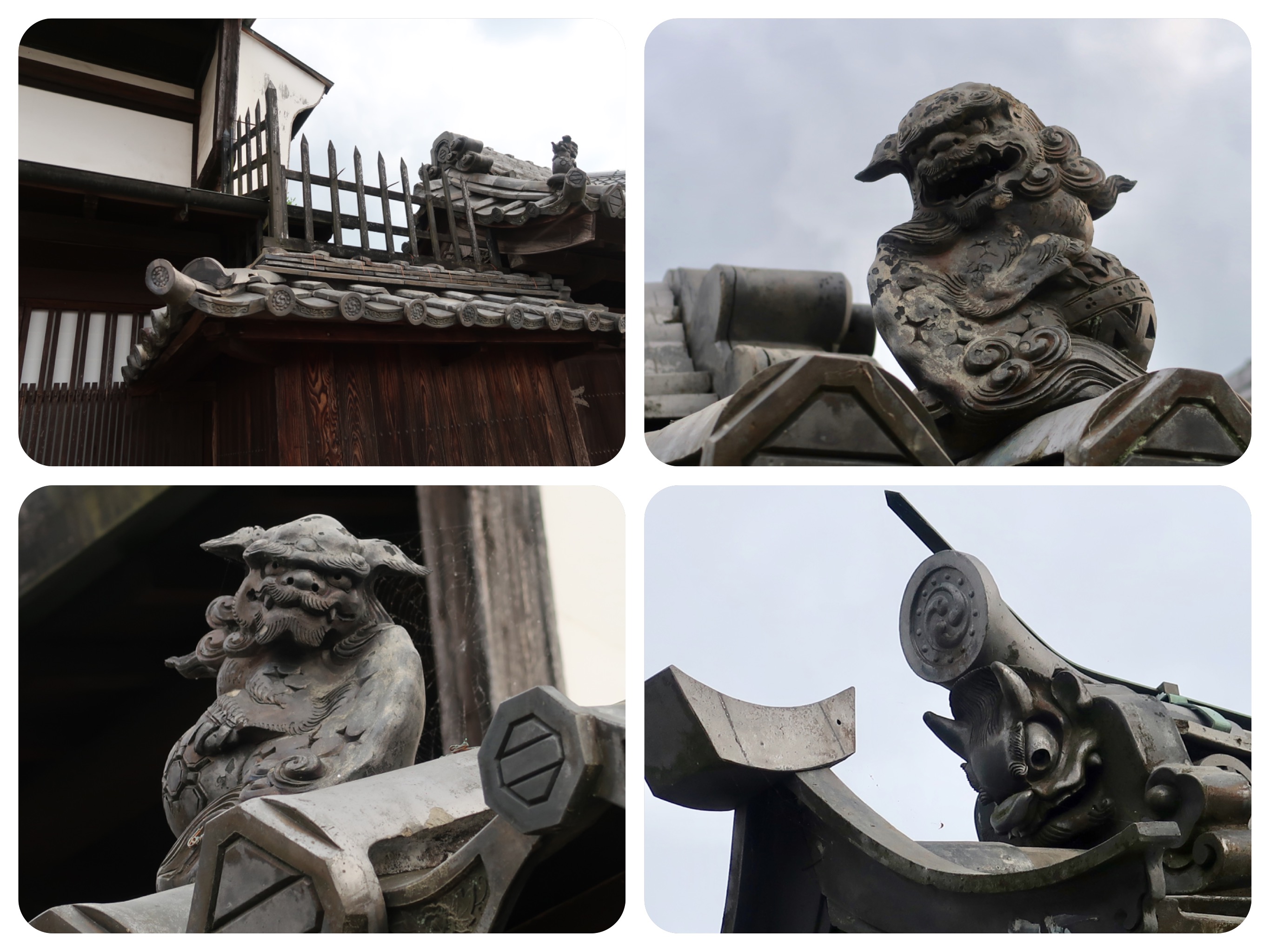
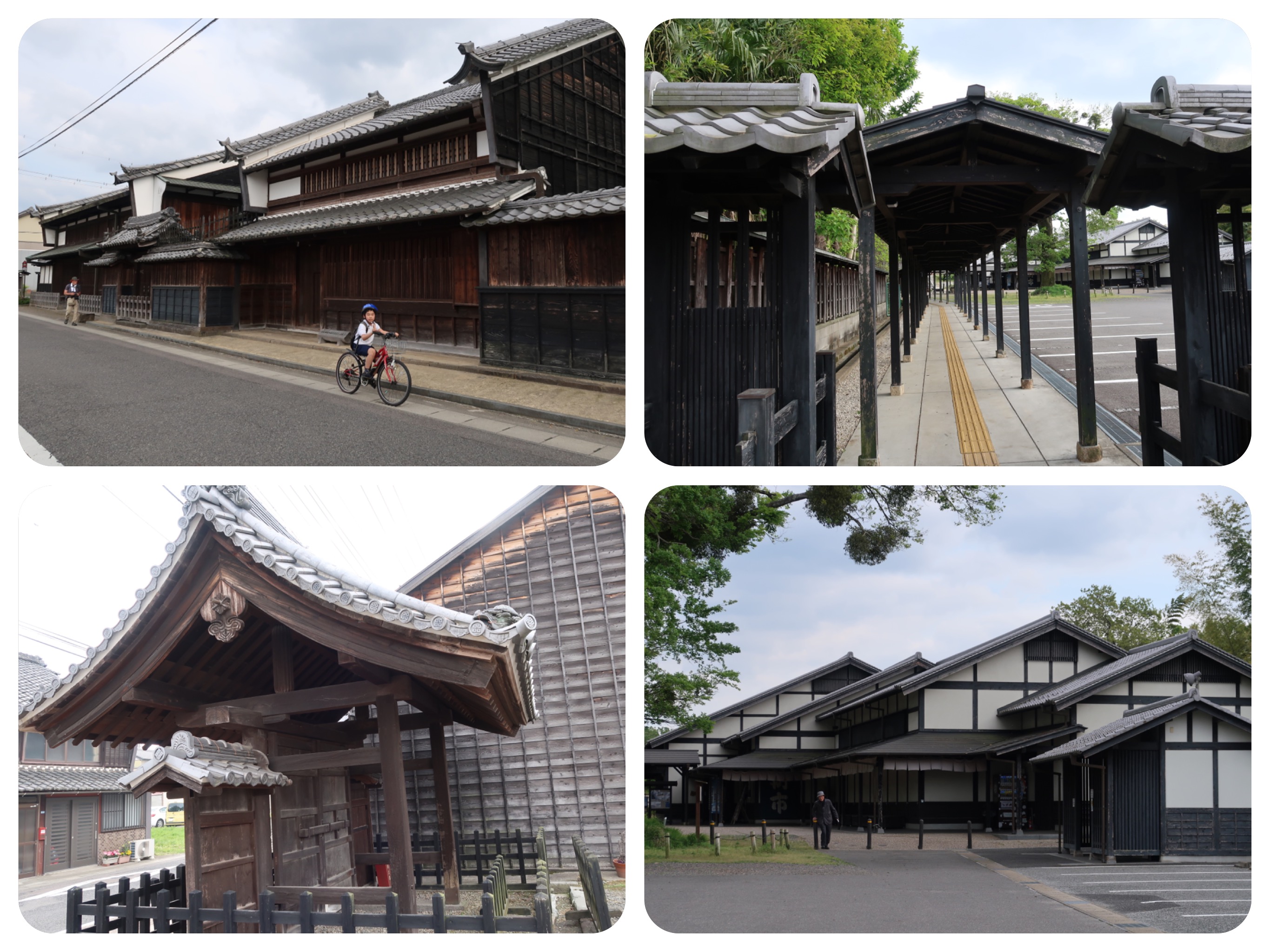
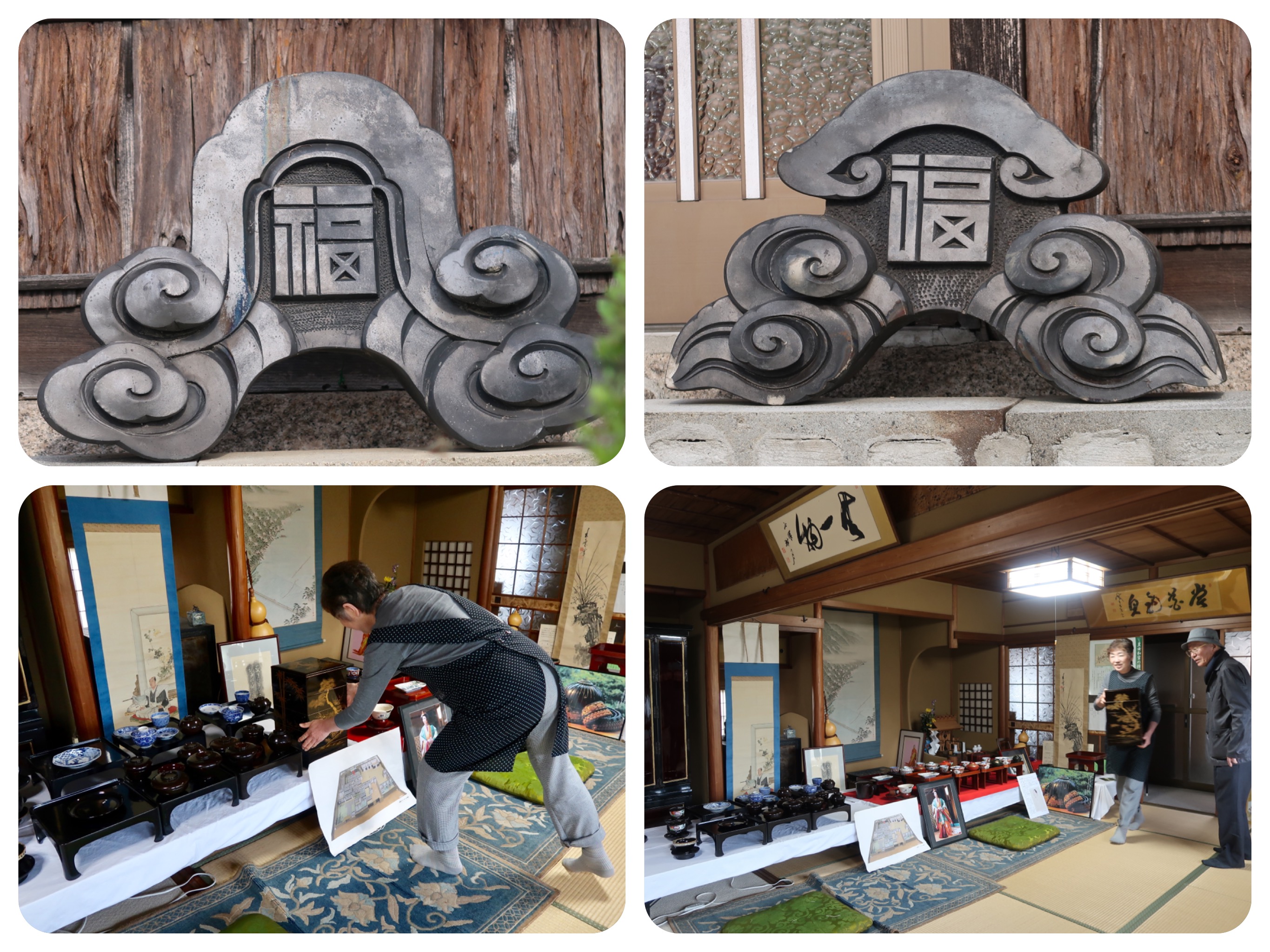
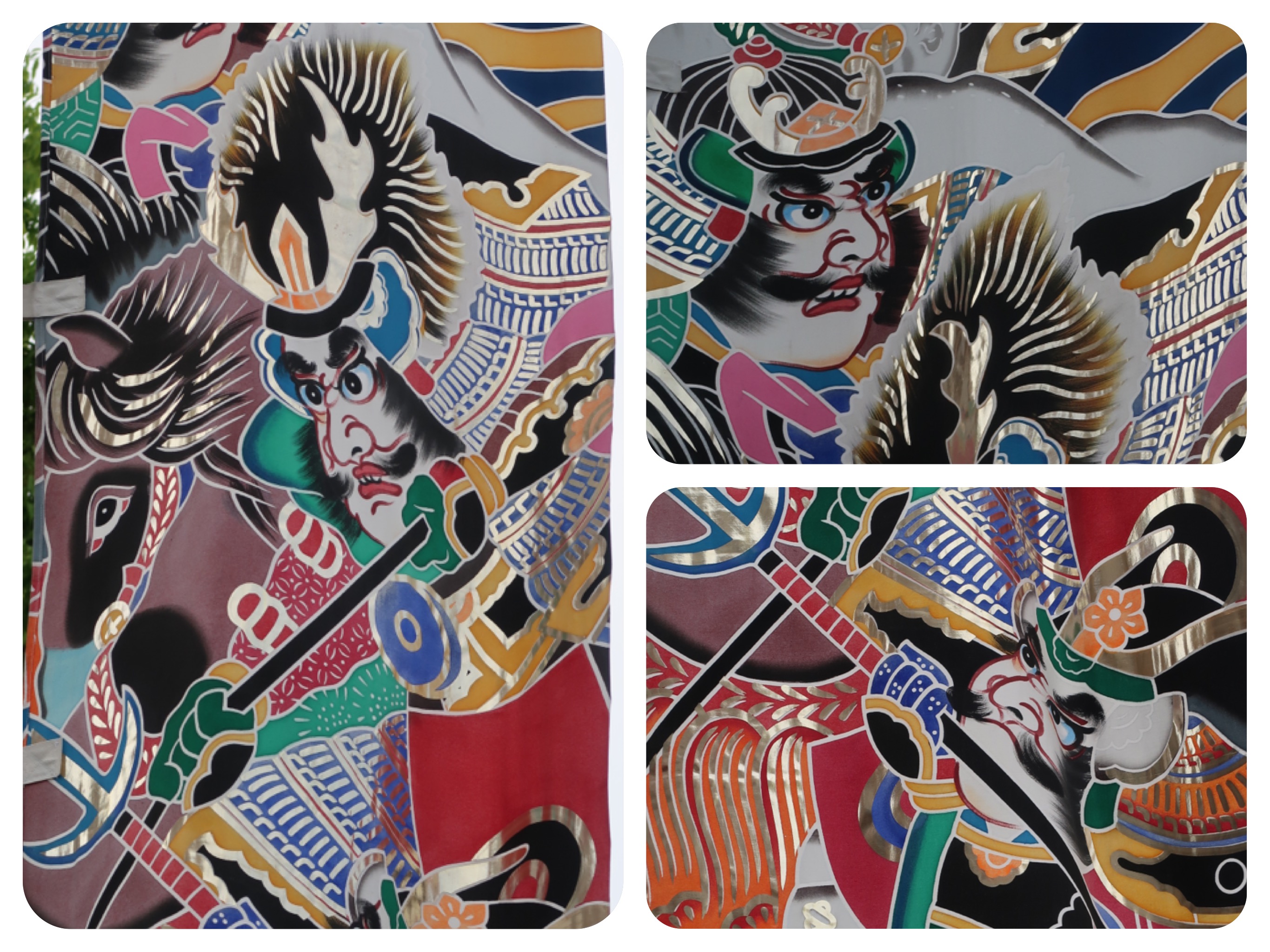
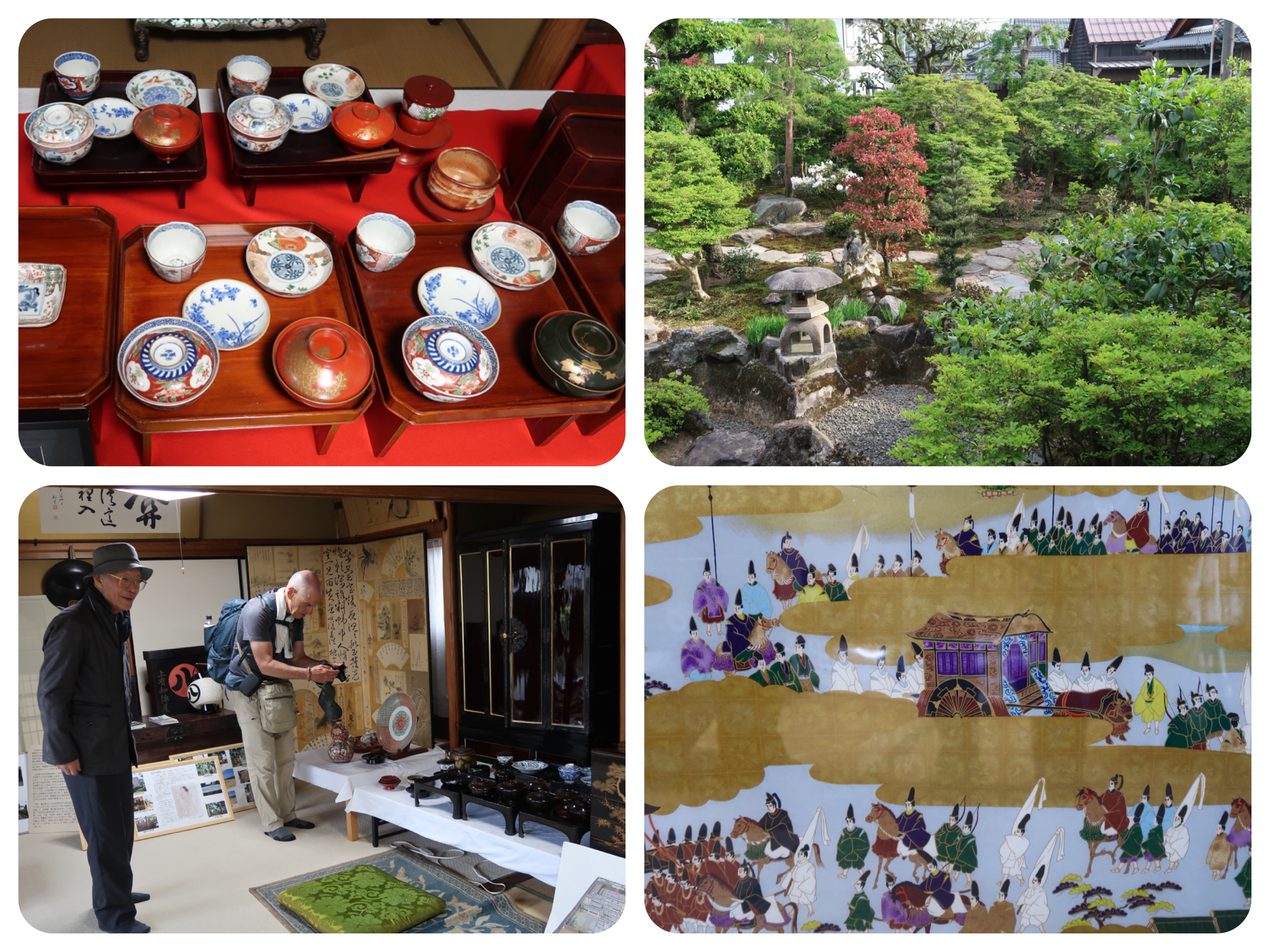
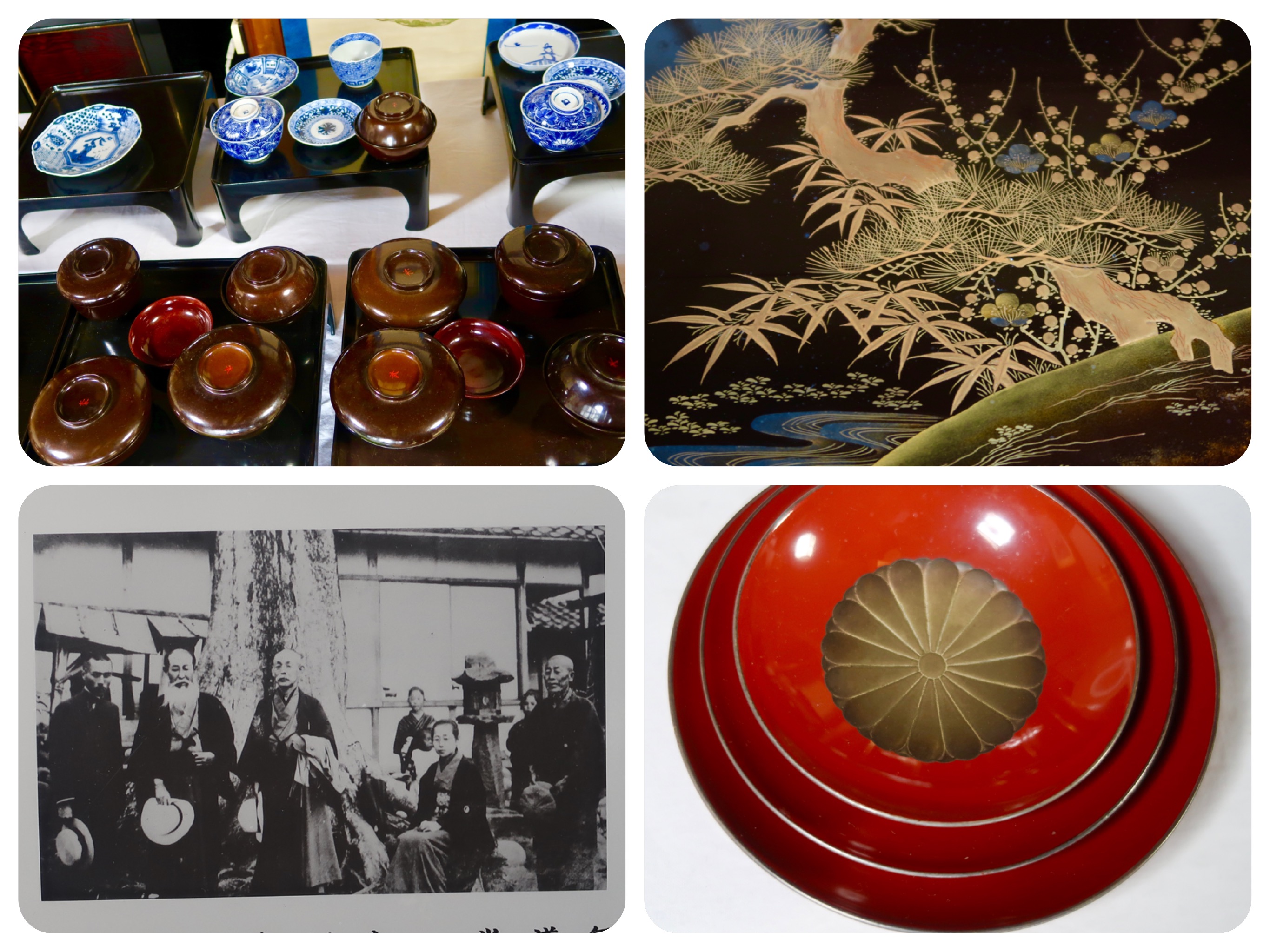
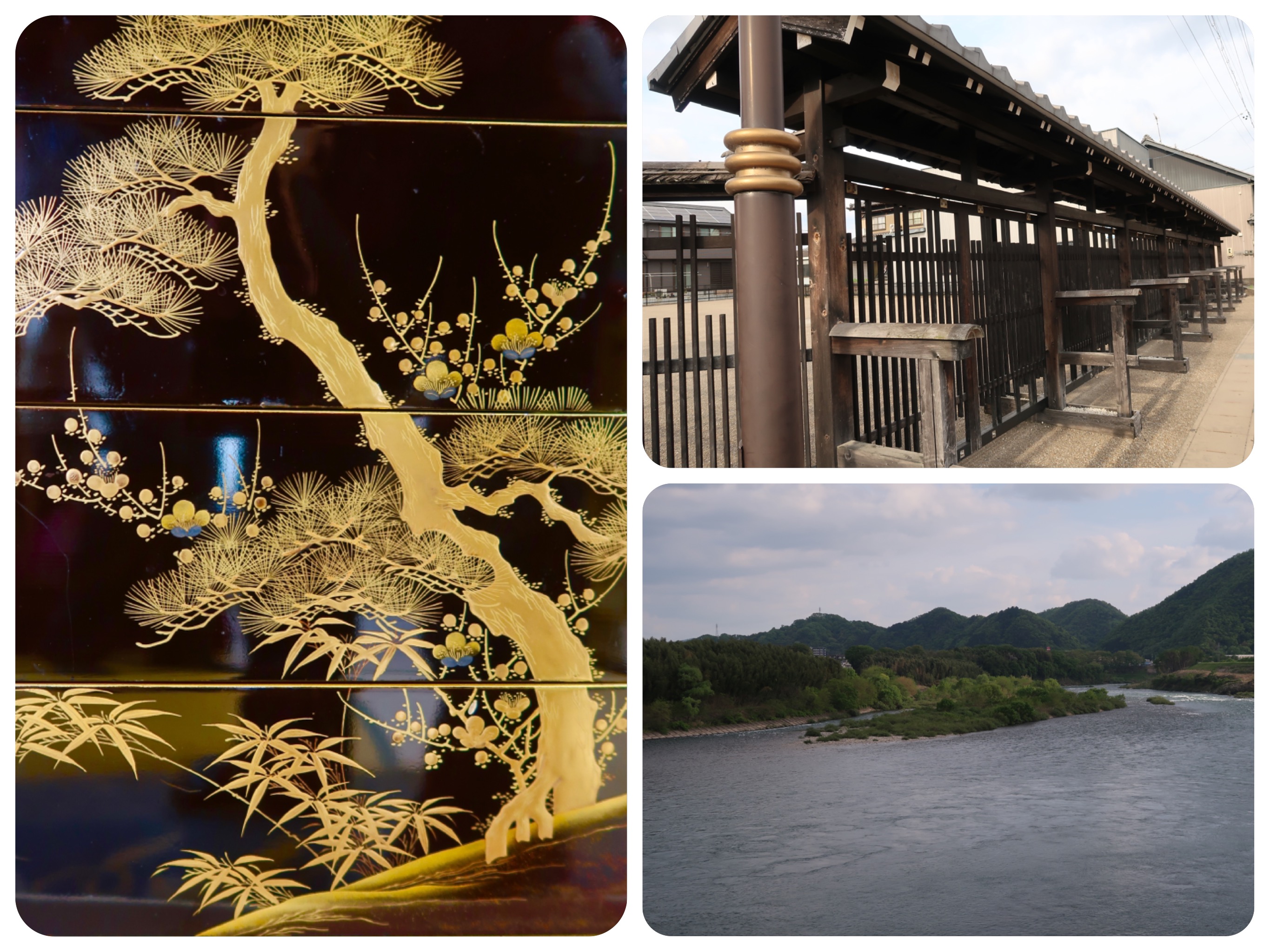
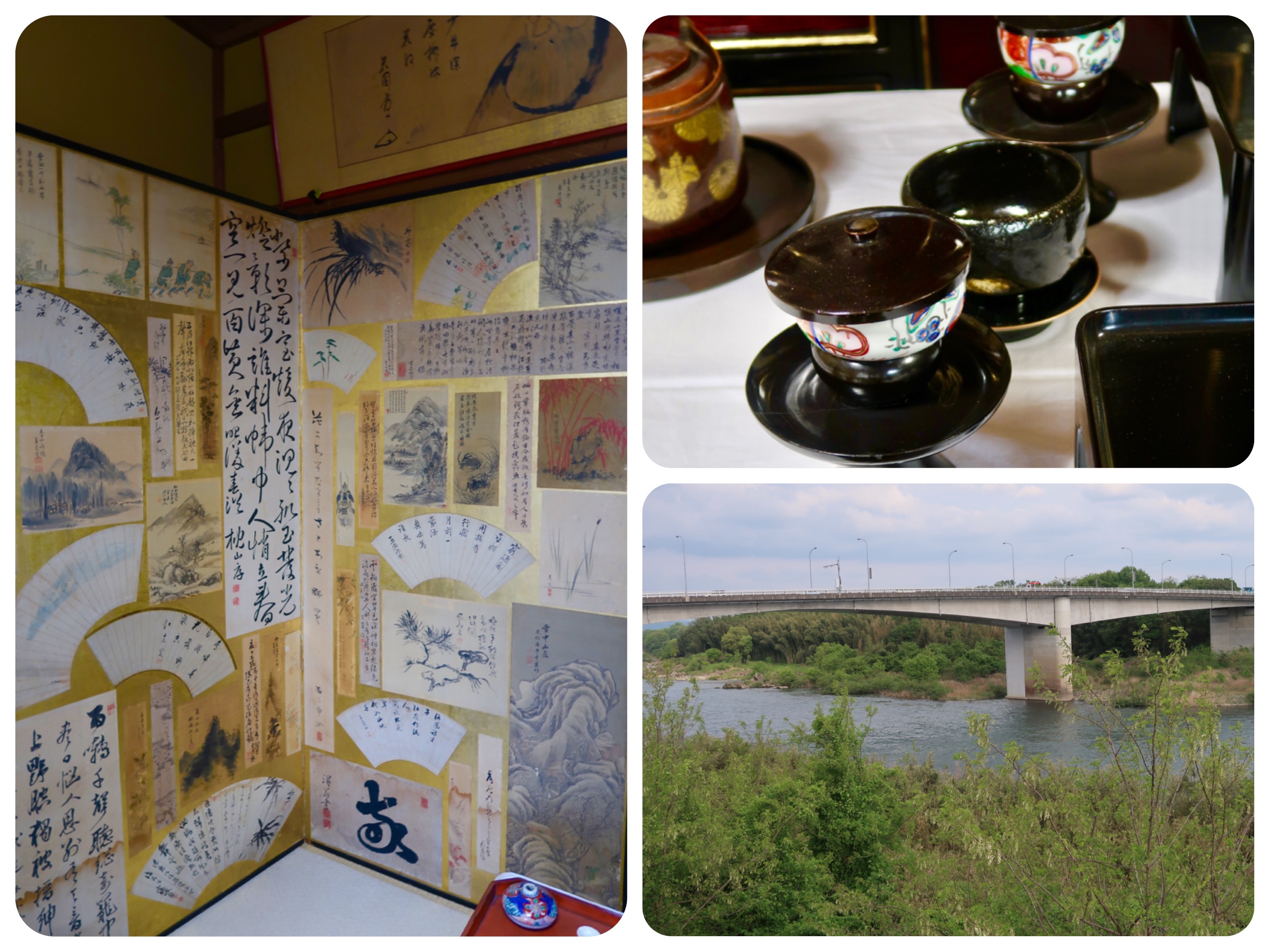
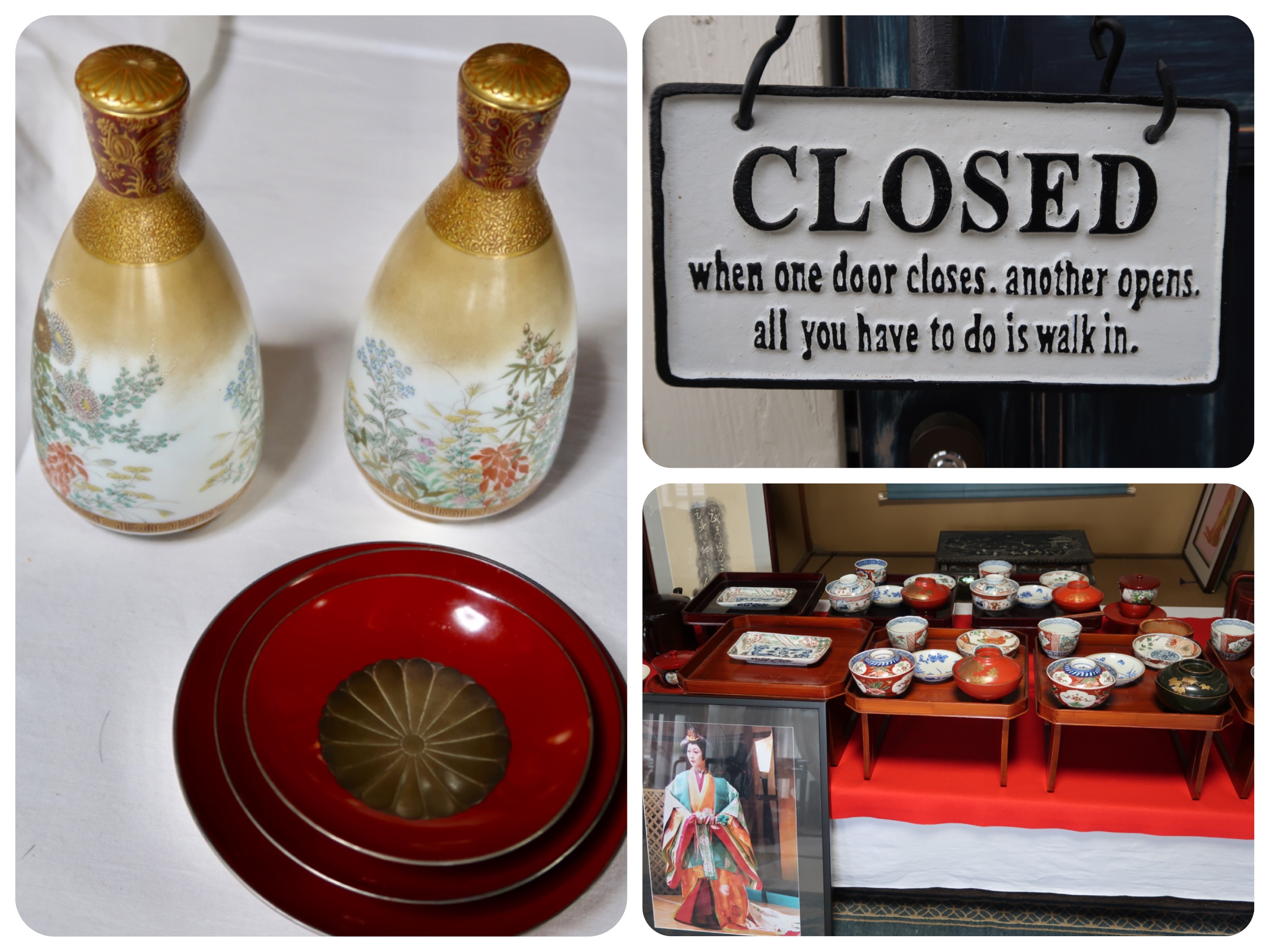
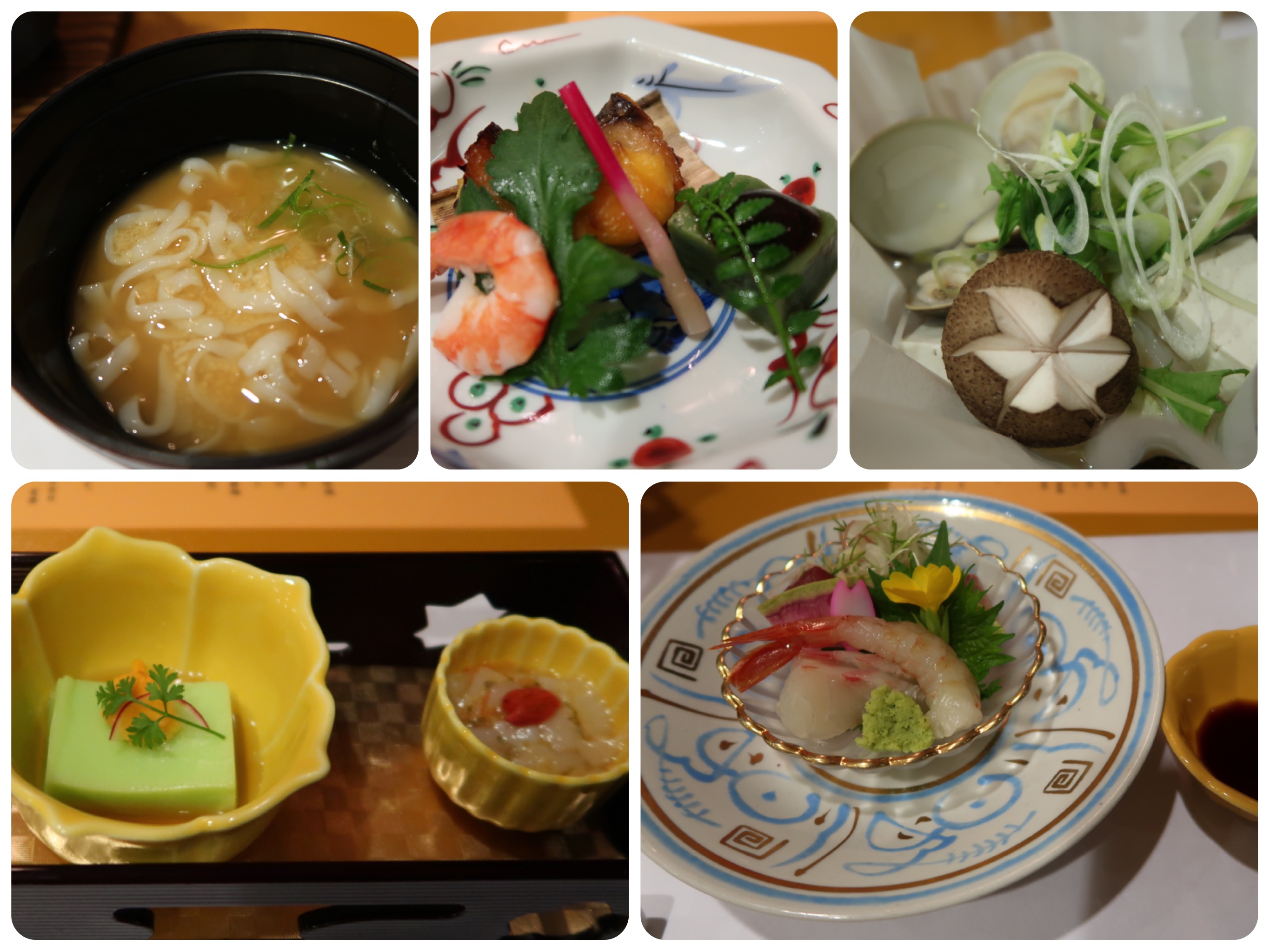
Day 23 - Walking The Nakasendō, Japan - From Hosokute to Mitake, to Fushimi, to Ota and finally to Unuma, and Learning About Sarubobo, and Unexpected Delights Along The Path
Today was a big day of walking.
I did not plan it this way.
I planned that we would walk from Hosokute to Mitake, and then take the train to our accommodation. We would then continue walking from Mitake towards Unuma the next day.
The owner of the Hosokute inn, who has walked the Shikoku 88 Temples Pilgrimage and knows that the actual trail is longer than what Google map says, told us that it is likely to be about 20 kilometers to Mitake.
I am not sure if this was accurate information, or maybe we floated a bit, but we made it to Mitake in three hours.
Since we started walking at 8AM, it was inconceivable to stop walking at that early hour.
It was another very sunny and warm day, but the forecast for the next two days called for heavy rain.
People we met today who greeted us, warned us about the rain or personally apologized for the upcoming rains, as if it were unwelcoming of the rain to pour down on visitors to their country.
We wanted to cover as much distance as we could today, while the weather was still dry and we are walking with our packs.
We booked two nights in Inuyama, thinking that we would be able to leave our backpacks and walk in the rain about 20 kilometers without our packs.
Before we got to Mitake, where the Nakasendo merges with the main road, we stopped at a small cafe to have their big toast breakfast set, which included a coffee, a big toast dripping in butter, one boiled egg and a mini salad.
We ordered iced coffees and enjoyed the good set, the hot toast with butter and marmalade and the warm hospitality.
It was so good, that we had another big toast and another iced coffee each, before continuing to walk.
Fortified by the carbs, we arrived at the post town of Mitake-juku.
In Mitake, we visited Gankoji, the old and very large Buddhist temple that the whole town of Mitake had actually sprouted up around.
Gankoji is an ancient, all-wooden temple that is in need of some government love and money.
It is a large and glorious temple established by Kobo Daishi about 1200 years ago.
Gankoji was burned down in the year 1108 during a rebellion led by Yoshitsugu Minamoto.
At that time the image of the Kami (god) Yakushi-Nyorai was moved and enshrined in Tsushima, Aichi Prefecture.
100 years later, in the year 1200, the temple was re-constructed.
In 1572, in the midst of the battle between Takeda and Oda, a servant of Shingen Takeda set fire to Gankoji and burned it down again.
As valuable images of Buddha and scriptures were kept in Gankoji, a number of monks of Gukeiji temple rushed into Gankoji and carried them out of the temple.
Thanks to these monks, all the wooden images and 600 sets of scriptures remained intact.
The images were kept in a temporary hall at Gukeiji for a while.
Nowadays the images are enshrined again in Gankoji.
There are 13 deities enshrined in one of the small shrine buildings.
The rest are not on display.
They are all beautiful national treasures.
I was able to see some of them through the latticed glass windows and to put my camera through the tiny hole in the door to photograph them.
Beyond Mitake-Juku, the road flattens, and it enters urban sprawl.
The mountains are just a sliver of color on the horizon.
The forests are gone, and car dealerships, huge pachinko parlors, chain restaurants and auto repair shops line the road.
When we arrived in Fushimi-Juku, it was still too early to stop walking.
We were crossing a busy intersection when a small grandmother ran out of the Fushimi welcome center, to invite us in for a cup of tea.
We crossed the street and came over.
There were two grandmothers in the small shop, and they urged us to take off our packs, and gave us large glasses of cold ice tea.
It was so reviving.
We looked around the shop.
They had all sorts of hand made crafts that they were doing there in the shop, including colorful pin cushions that they had filled with ground coffee, hanging soft mobiles for babies, handmade purses and many, many tiny dolls, which they told us are called Sarubobo.
A Sarubobo is a Japanese amulet that originated in this area of Gifu Prefecture.
Sarubobos are human shaped dolls, with no facial features, made in a variety of sizes.
Traditionally, Sarubobos are made by grandmothers for their grandchildren as dolls, but they are believed to be amulets and charms for good luck, a happy marriage, and healthy children.
Sarubobo, literally translated, means “a baby monkey.”
"Saru" is the Japanese word for monkey, and "bobo" is the Gifu dialect word for baby.
It is a well known fact that monkeys have an easy childbirth process, one that is not as painful as that of human beings.
Thus the Sarubobo is associated with protection from bad things, having a happy home, a good marital match and having an easy birth delivery.
The face of the sarubobo is traditionally red, as is the face of baby monkeys, but the ones they made in the shop in Gifu were with heads that are a tiny nut from a tree.
This little nut has a partial black spot that resembles the hairline of a monkey.
The reason that Sarubobo have no facial features is not certain.
Some have suggested that originally, sarubobos were made from left over fabric or from old cloth by relatives, so there was no need for them to be “realistic.”
Another suggestion is that the absence of a face allows the child to identify with their doll, or to see themselves in it.
Thus when they are sad, they can imagine their sarubobo to be sad, too.
A common explanation is that the facelessness is the result of the dolls being made during the period of World War II.
The grandmothers knew that these were hard and unhappy times, but they did not want to give the dolls sad faces, so they left them faceless.
We chatted, and while they showed us their gorgeous collection of Sarubobo, one grandmother hand made five more Sarubobo to give to us.
Soon, a grandmother and her three grandchildren arrived, and everyone sat down to talk.
It was truly a magical moment.
Before we left, we were showered with gifts of handcrafts they had made, kimono purses and Sarubobos.
We offered, but they adamantly refused to accept our donation.
When we got ready to leave, the grandmother who was holding her granddaughter, asked me if it is ok for the young baby to touch me.
“It is for good luck for her!,” she said.
I gently held the baby’s soft and warm hand, as the grandmother glowed in gratitude.
I guess a woman pilgrim who travels the world is an inspiration for a young girl growing up in Fushimi-Juku, Gifu....
Soon we arrived in Ota-Juku.
It was getting late in the day, and the Nakasendo had been rerouted to cross the river on a new bridge.
We walked along the row of old houses and admired the ones which were restored.
The main museum was closed, but we met an old man who started speaking with us in Japanese.
He told us that in the the mid 1800’s, the Imperial princess had stayed in this town on her journey from Kyoto to Edo (Tokyo.)
We couldn’t understand everything he said, but he insisted that we follow him to his home nearby, to take some pictures.
We still had a long way to walk to Unuma, and it was getting to be nearly 5pm.
I told him we had no time, and that we still had a long journey ahead of us, but he insisted we come with him.
His house was just around the corner, and it was surrounded with an original Edo Period designed garden.
It was a traditional Japanese house, and in his tatami mat living room, he had long, low tables with a collection of beautiful old lacquered dinnerware that the Imperial princess had eaten from while she was in Ota.
As it turned out, the princess had stayed in his house, while her entourage passed through this post town.
The old man’s daughter brought out of storage more plates and dishes, as well as decorated sake bottles and small saucers used for drinking. The quality of the pieces she showed to us was breathtaking.
On the Nakasendo, there are many places showing the journey of the princess along the Nakasendo, on her way to the Tokugawa Shogunate family.
Princess Kazunomiya was the sister of Emperor Komei (reigned 1846-67) and was married to the 14th Tokugawa shogun.
It was a political move intended to bring the Imperial court and the Tokugawa shogunate into harmony.
Kazunomiya traveled to Edo along the Nakasendo.
The Nakasendo was also known as “Hime no kaido” or the ‘Highway of Princesses’.
The princesses traveled along the Nakasendo because it was safer than the Tokaido, with its broad rivers which could easily flood their banks on rainy days.
Kazunomiya required various attendants and maids-in-waiting.
A party of 15,000 traveled to Kyoto to fetch her, and 10,000 returned in her company to Edo, not counting the baggage porters and teamsters who handled the animals.
This long entourage took three days to pass any single point on the Nakasendo highway.
We felt so fortunate for not refusing the old man’s generous and kind invitation to visit his house.
They offered us tea, but when they heard we still planned to walk to Unuma, they understood.
They told us to hurry since it is still an hour and a half’s walk from Ota.
I told Jules that a pilgrim must never walk too tired to notice the magic around him or her.
This was NOT a public museum.
This old man’s house had no sign in front of it and it was not open to the public.
It was a stroke of good luck that led us to meet him.
We were blessed to view the pride and joy of an old man whose family had hosted the royal princess for the night.
It was a long walk in the darkening sky when we finally reached Unuma.
We made it straight to the train station and took a taxi to our hotel in Inuyama, beneath the castle.
Tomorrow we plan to rest and tour Inuyama, see the castle, do our laundry and catch up on our writing and photos.
We soaked in the fabulous hot springs at the hotel, with dim lights and a selection of different shampoos and conditioners.
We ate a fabulous dinner at the hotel, sitting in our Yukata robes in a private area of their Japanese restaurant, attended by a waitress and hotel staff all dressed in black suits.
Quite a difference from the mass market hotel we experienced just two days ago, or from the humble guesthouse in the mountains.
But it is all good...
It is all part of the blessings of being pilgrims on the road....
With love and warm blessings,
Tali and Jules
Day 23 - Stats:
Total walking time 9.5 hours
Active walking time 7.5 hours
Total steps: 43,127 steps
Daily Kilometers: 31.5 Kilometers
Total Kilometers walked up to date: 543.5 Kilometers
Accommodation: Meitetsu Inuyama Hotel in Inuyama, by the Inuyama Castle.
It has traditional Japanese style rooms or Western twin rooms, with private toilets and showers, as well as great indoor and outdoor hot spring baths.
It serves an elegant Japanese dinner or Buffet dinner and breakfast.
Total elevation climbed 2,070 meters
Total descent 2,428 meters
Maximum Altitude reached 414 meters
Stations Visited In Gifu Prefecture
48. Hosokute-juku (Mizunami)
49. Mitake-juku (Mitake, Kani District)
50. Fushimi-juku (Mitake, Kani District)
51. Ōta-juku (Minokamo)
52. Unuma-juku (Kakamigahara)
Stations visited today:
Hosokute-juku- Station #48, established as a mountaintop post town in 1610. The route between the two neighboring post towns, Ōkute-juku and Mitake-juku, was long and difficult, so the town was built up as a resting point between the two places.
Our lodgings in Hosokute were the Daikokuya, which has been serving as an inn for travelers and pilgrims continuously for the last 140 years.
This is a very remote village, coming just at the end of the 13 mountain passes and Biwa Pass, the highest of them all, and with some of its original cobblestone pavement intact.
Mitake-juku, Station #49, was established because of the much older and very prestigious Gankō-Ji Buddhist Temple, which predates the town of Mitake by hundreds of years.
Between Hosokute and Mitake there is a forest path which has been planted on both sides by pine trees, which now gives a majestic, calm feeling.
When we entered Mitake, we could see that we had left the quiet and isolation of the forested mountains that we had been walking through, and had entered a busier, more developed and flatter section of the Nakasendō.
Fushimi-juku, Station #50, was once a successful post town, but because a national highway goes directly over the spot where the old post town was located, there are no traces of the old row houses that spanned approximately 600 meters.
Ota-juku, Station #51, was once the political, military and economic hub of the surrounding area that depended on the Kiso River for trade.
There are substantial remains and restored buildings in the old town of Ota-juku, that give a strong feeling of how people lived in this town during the Edo period.
